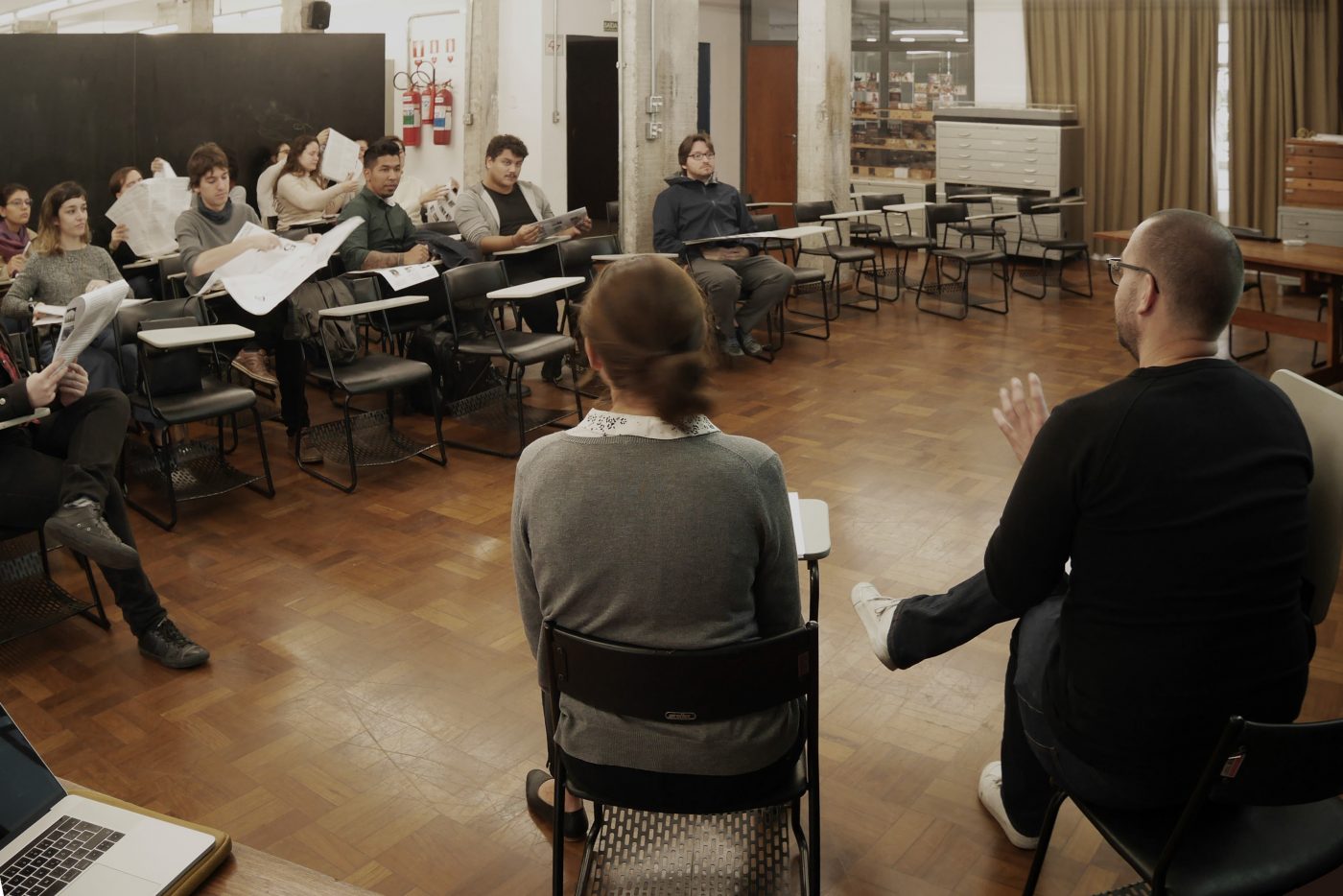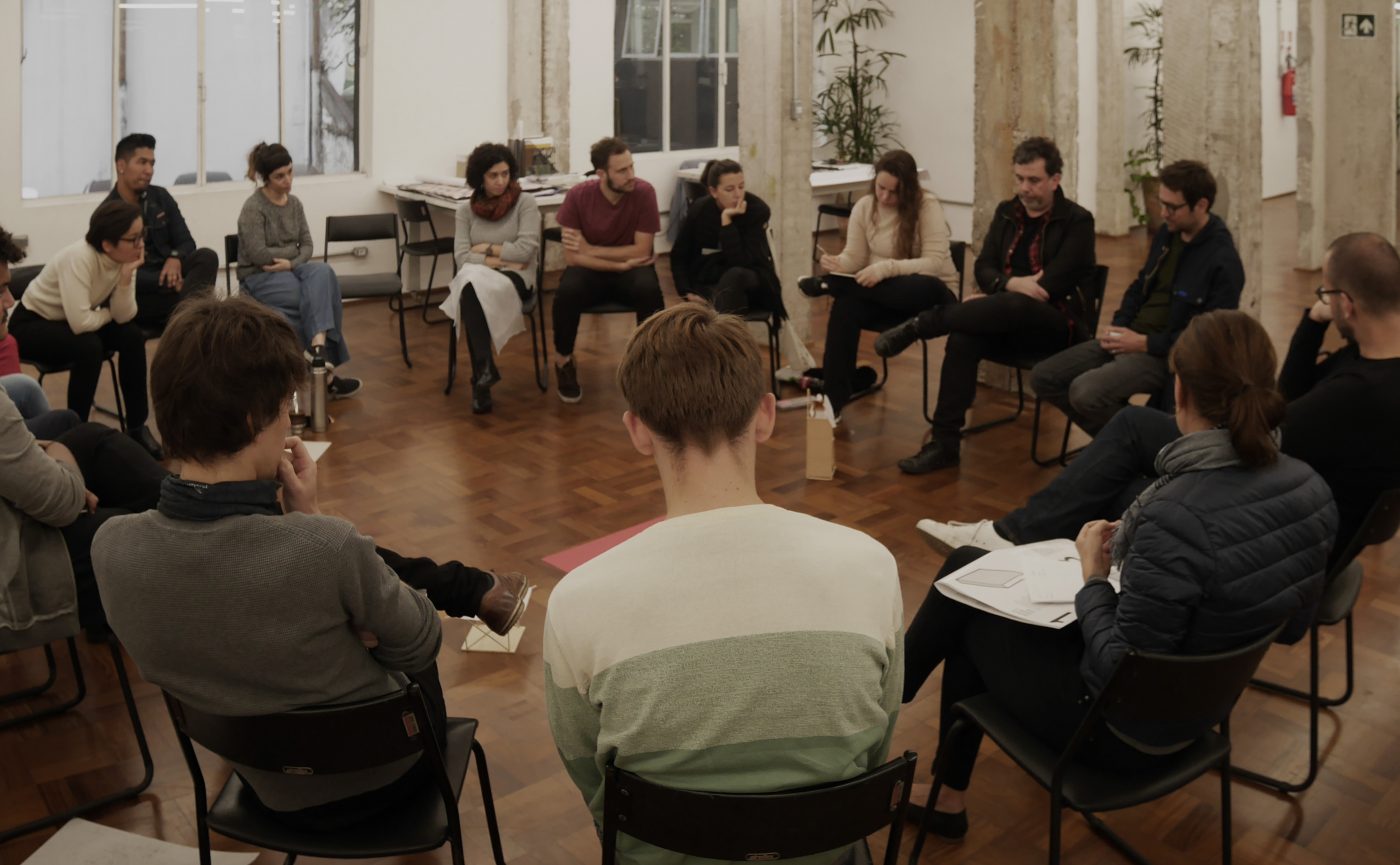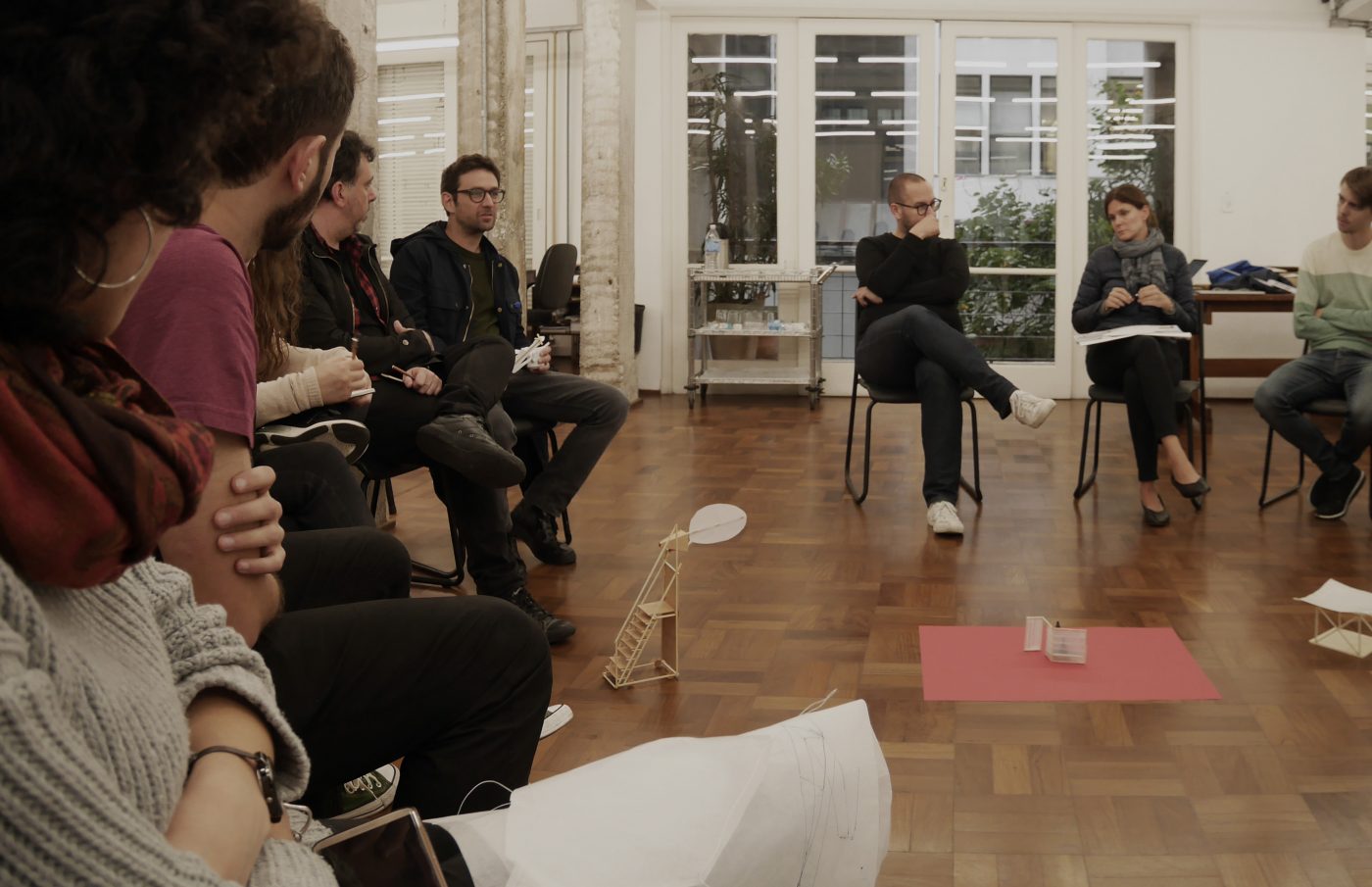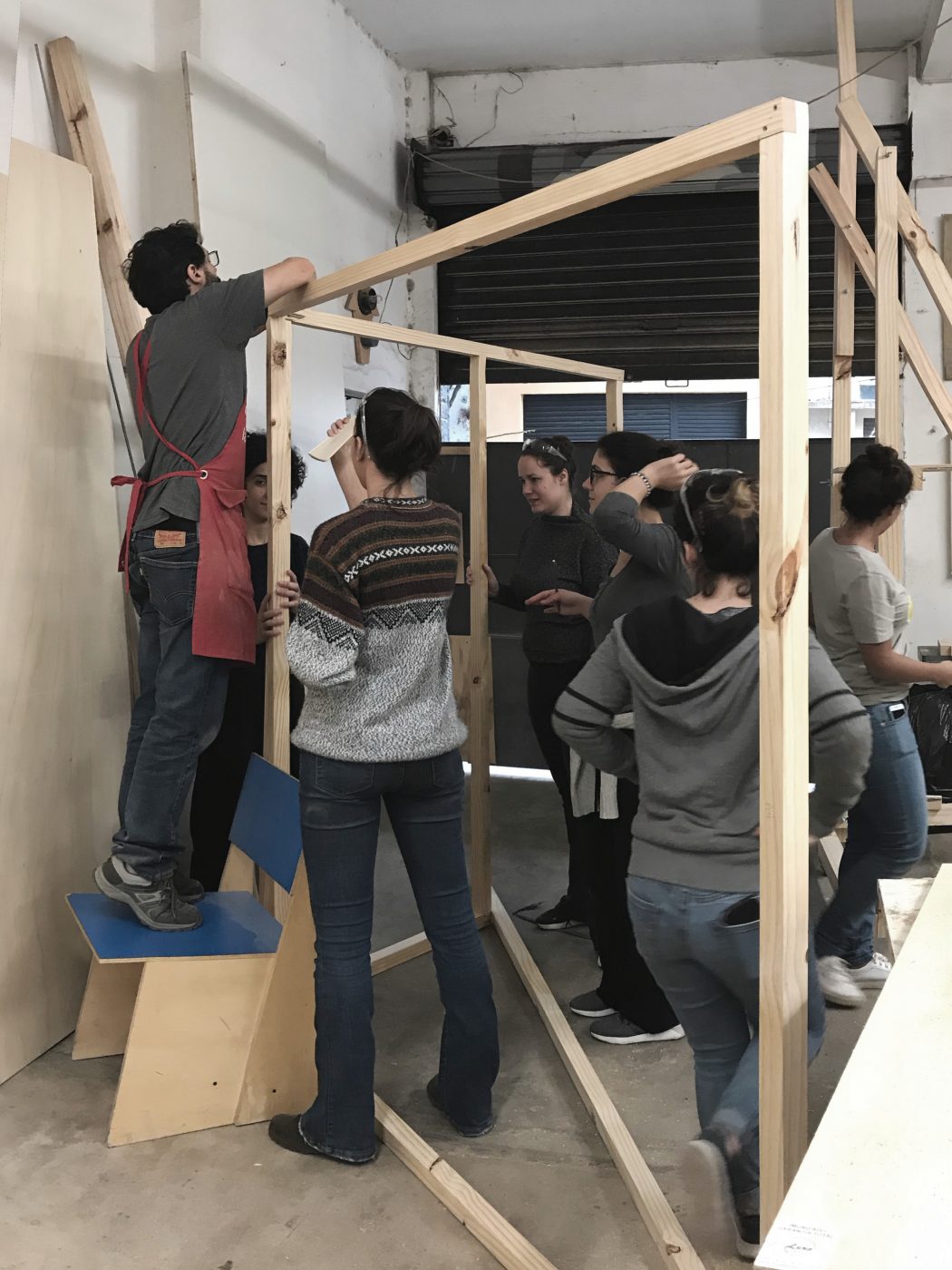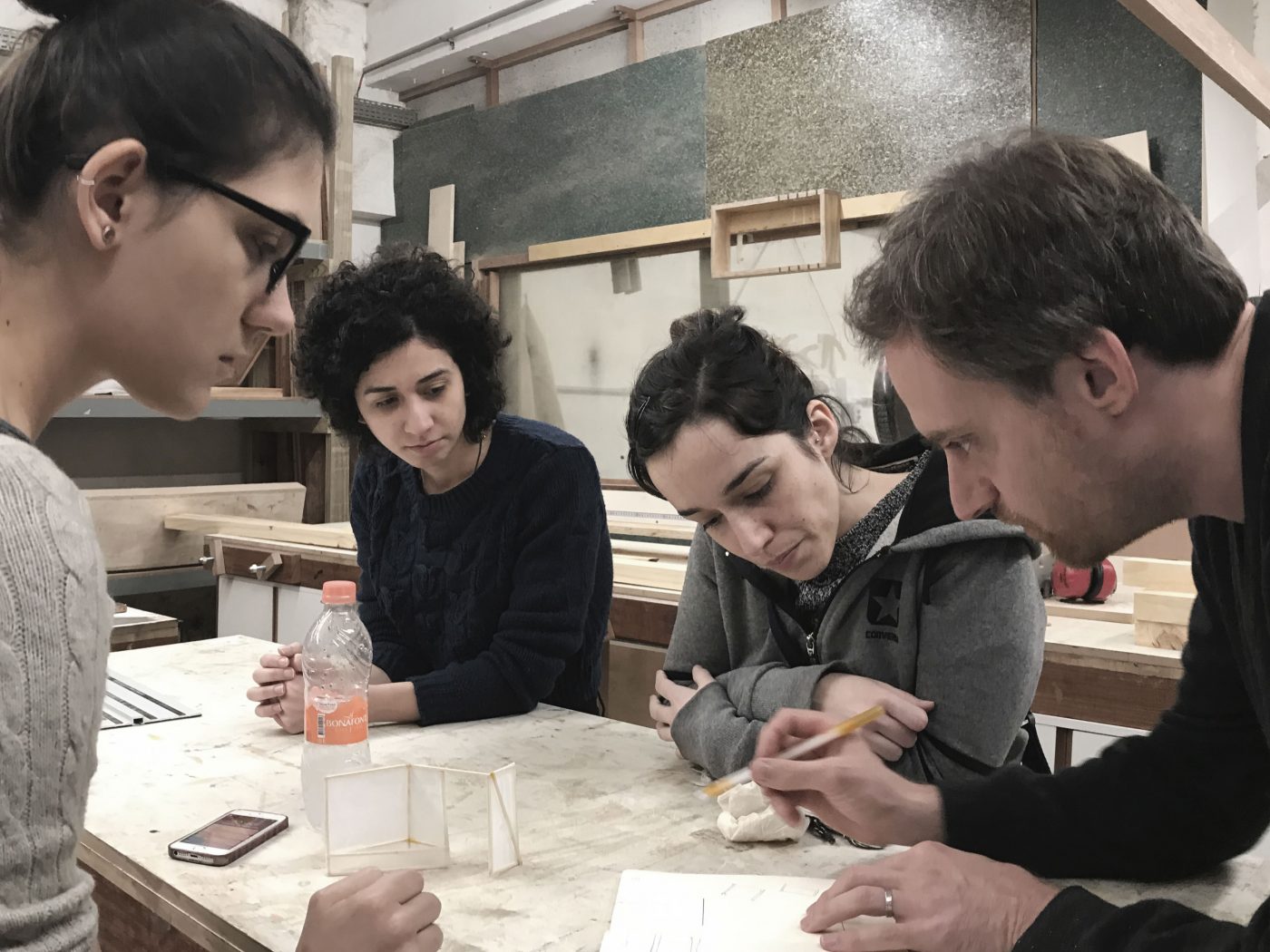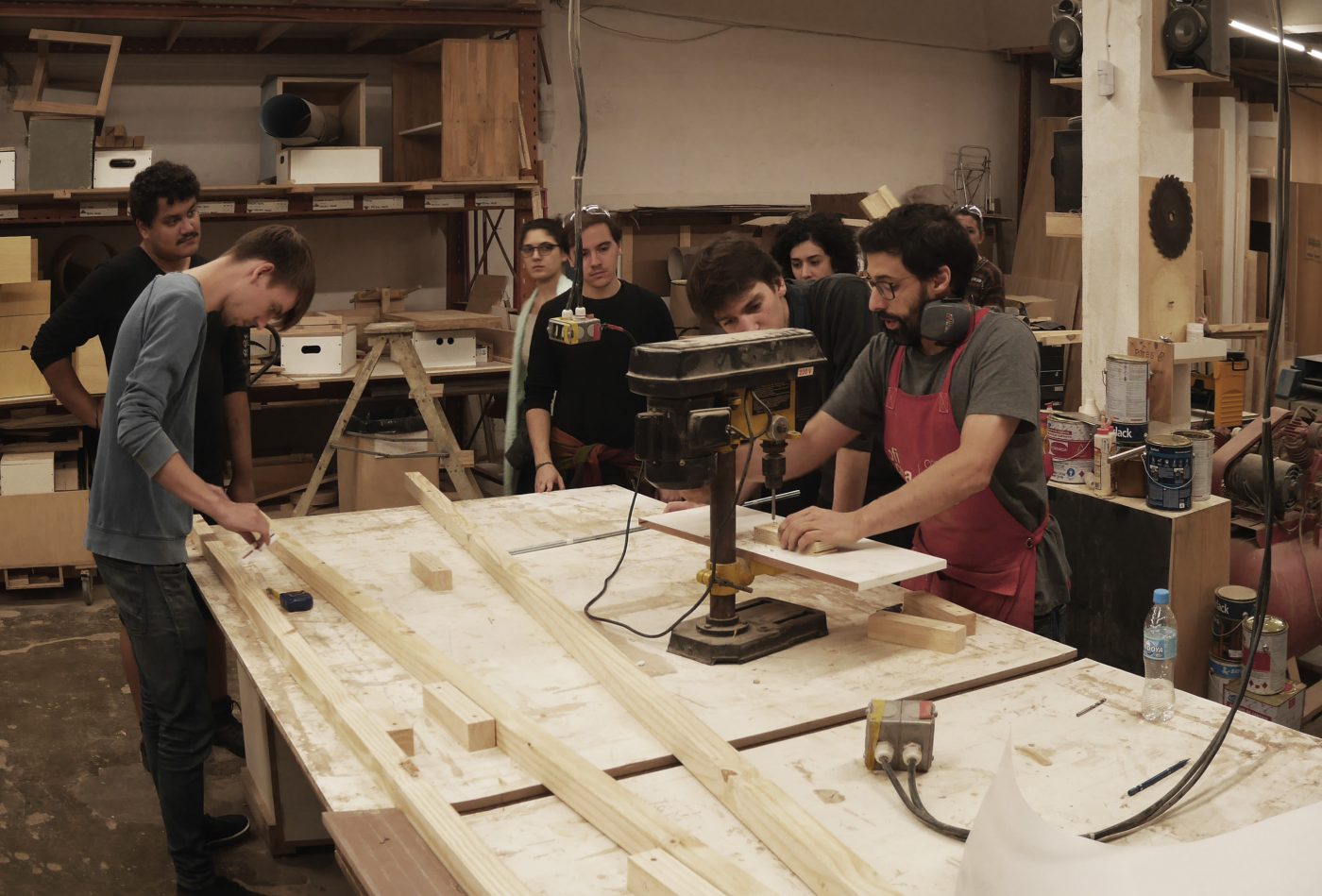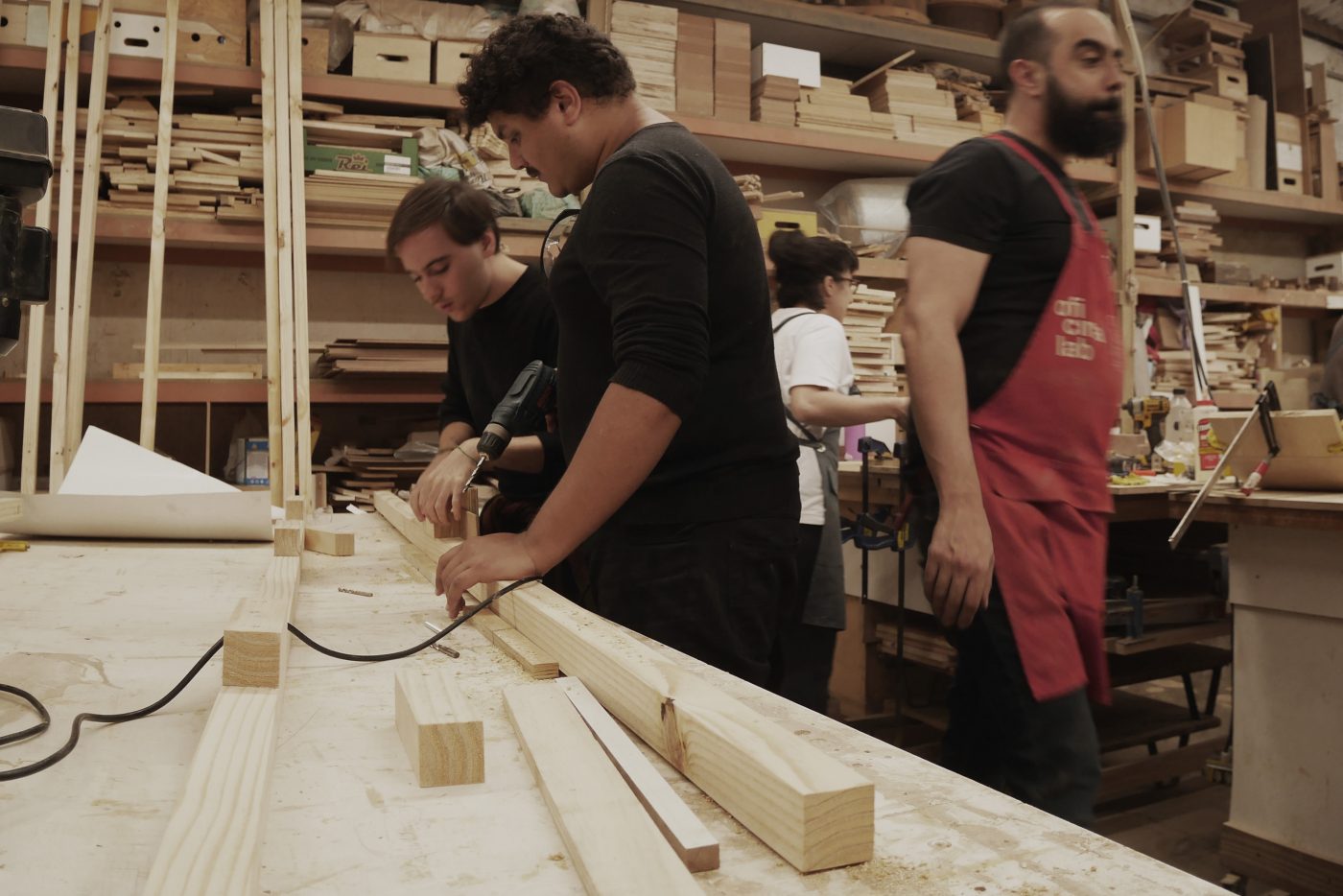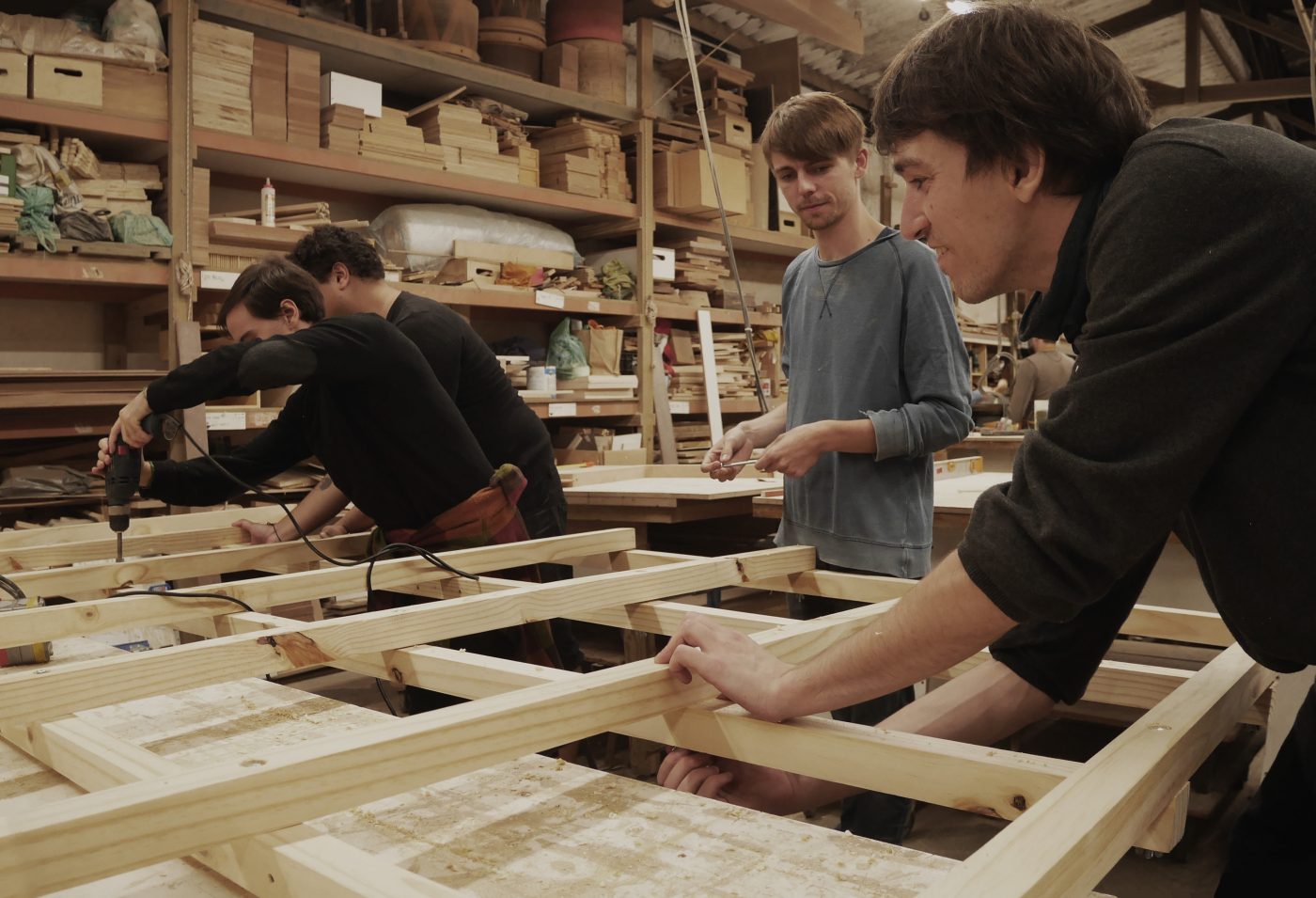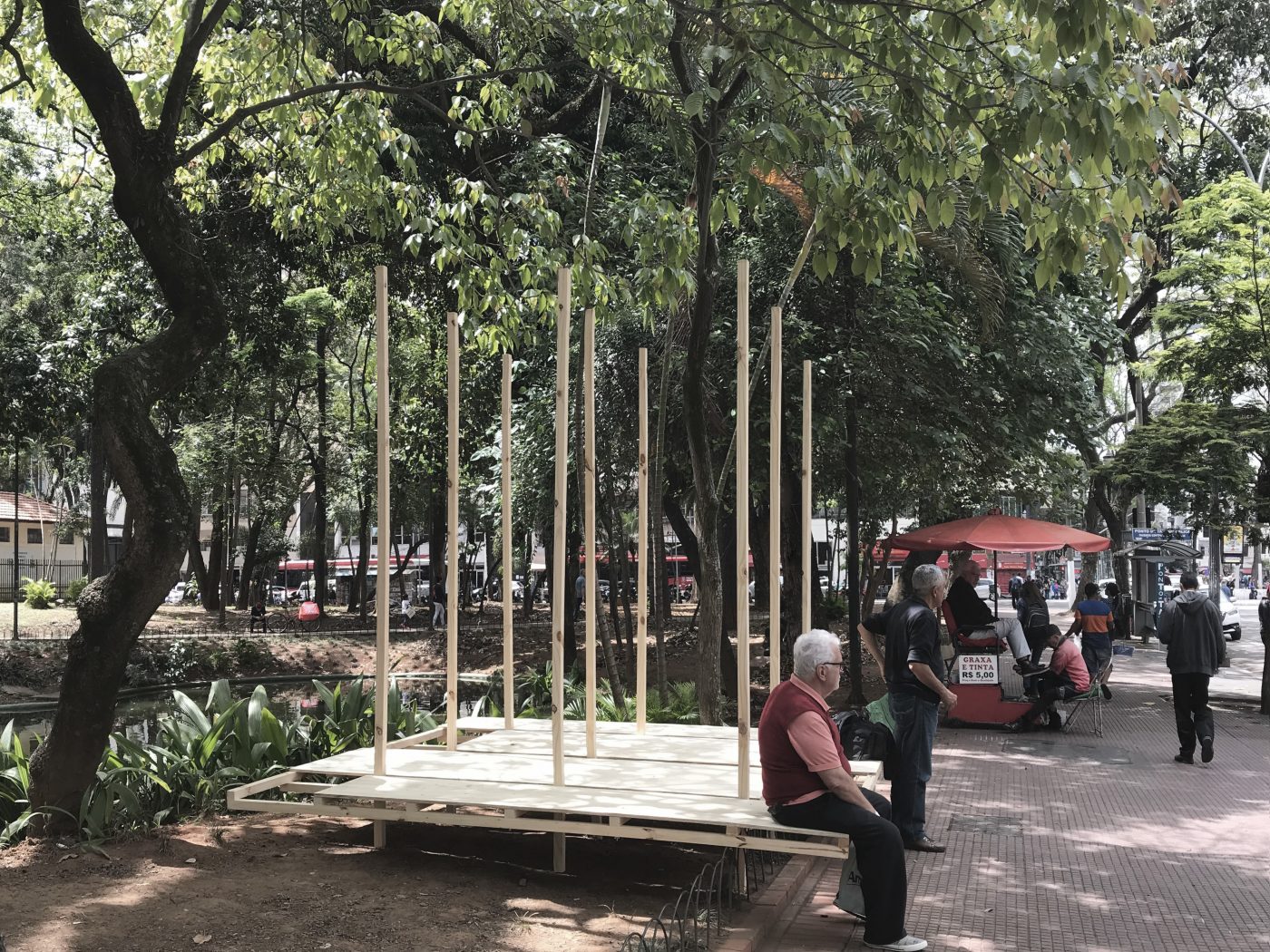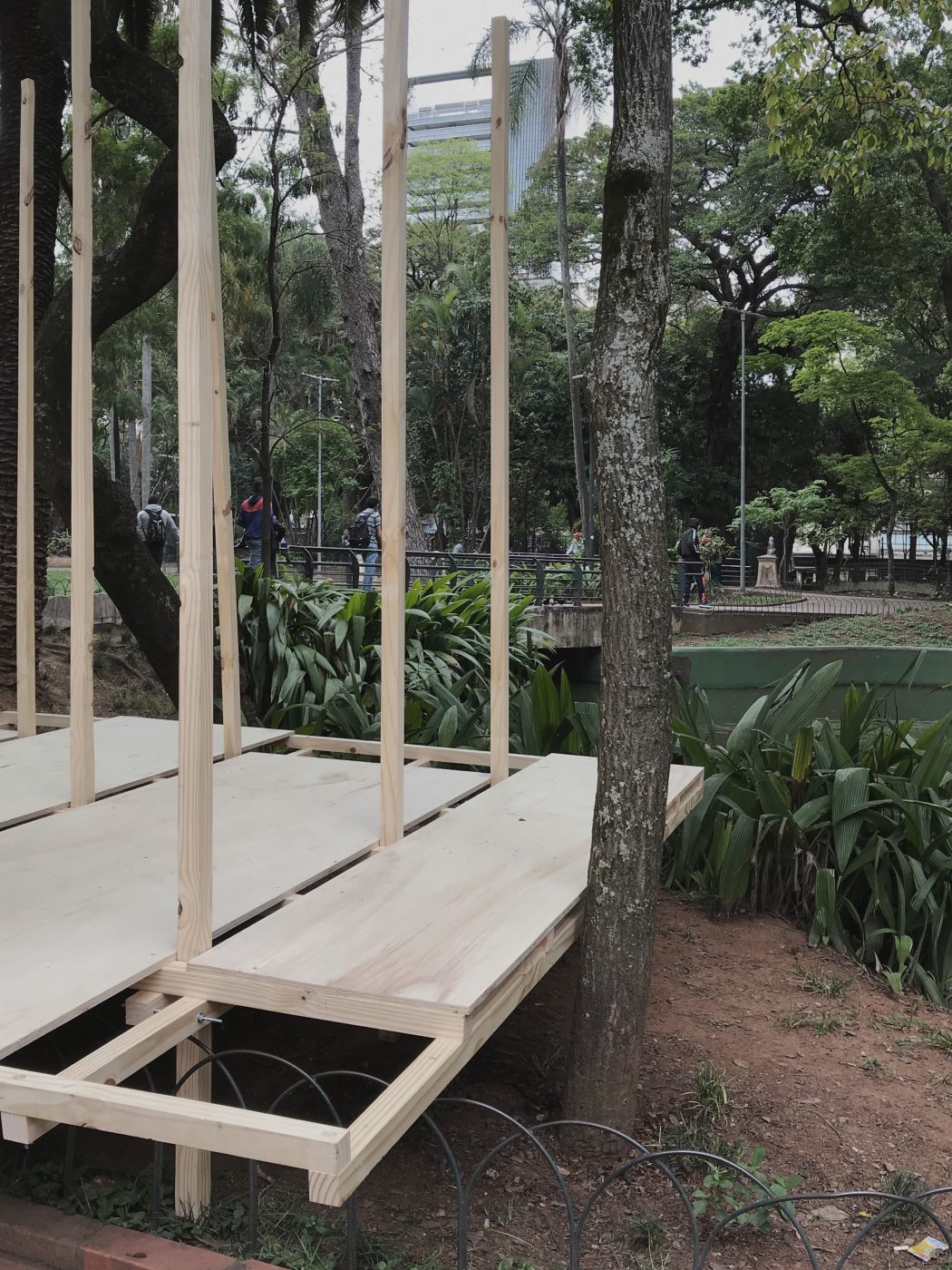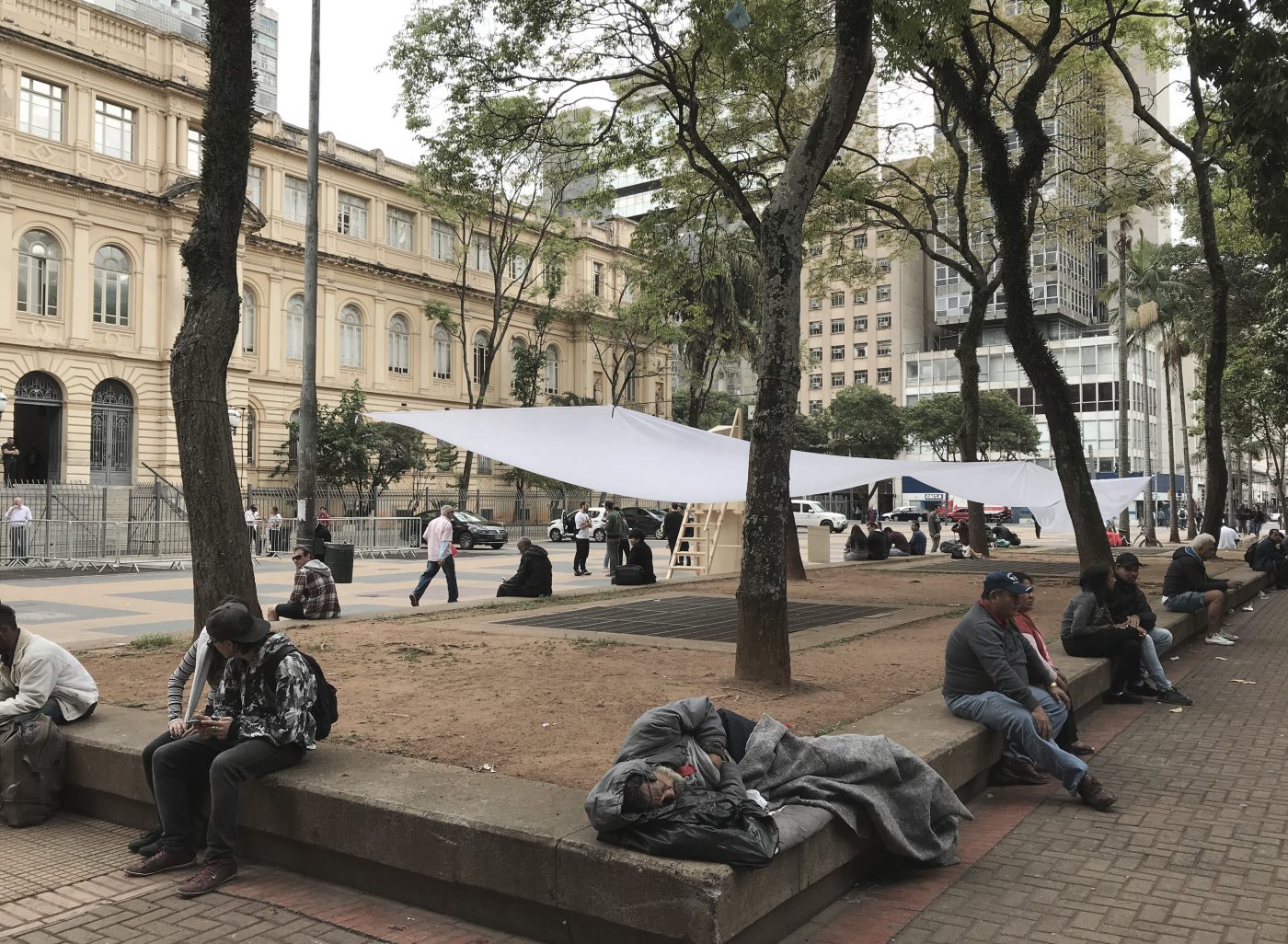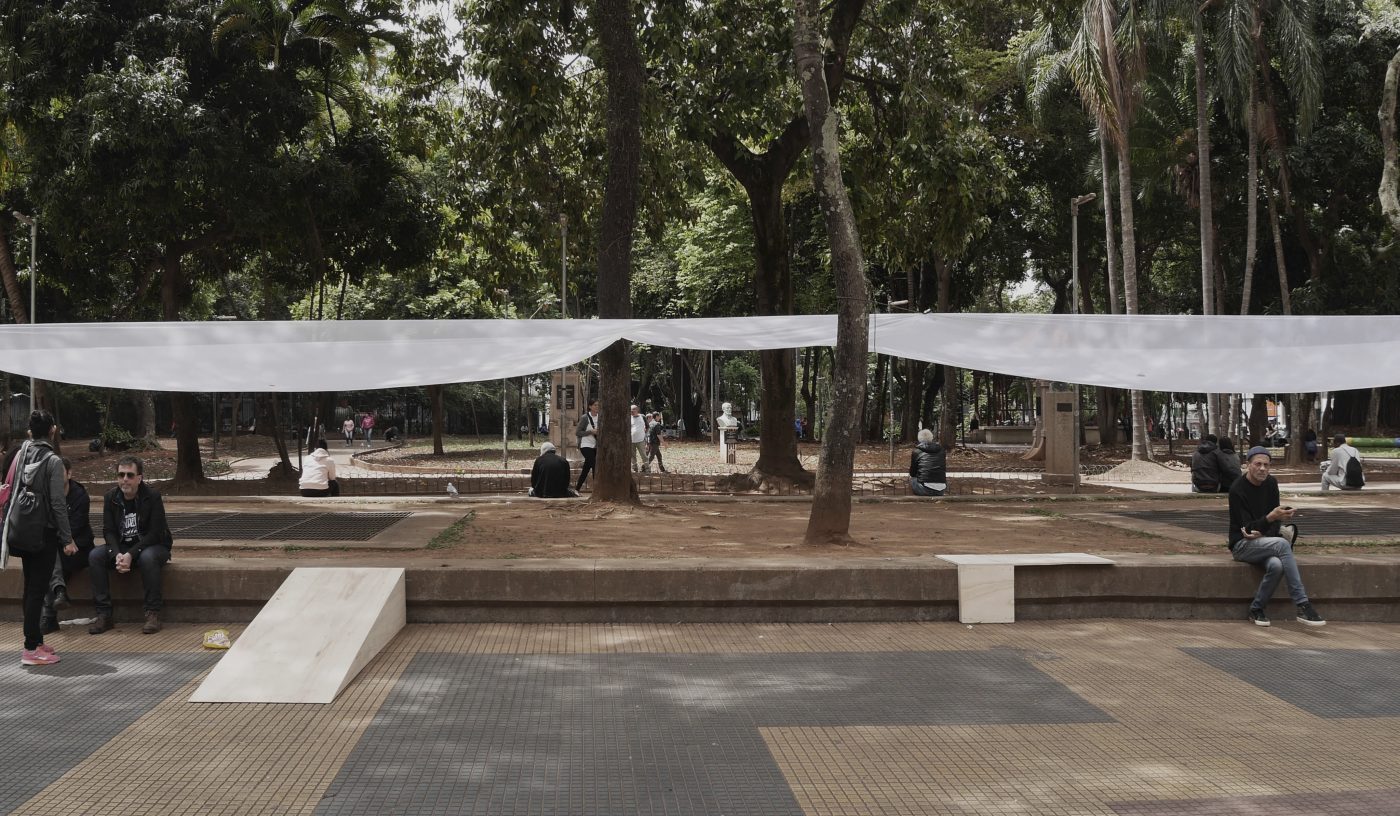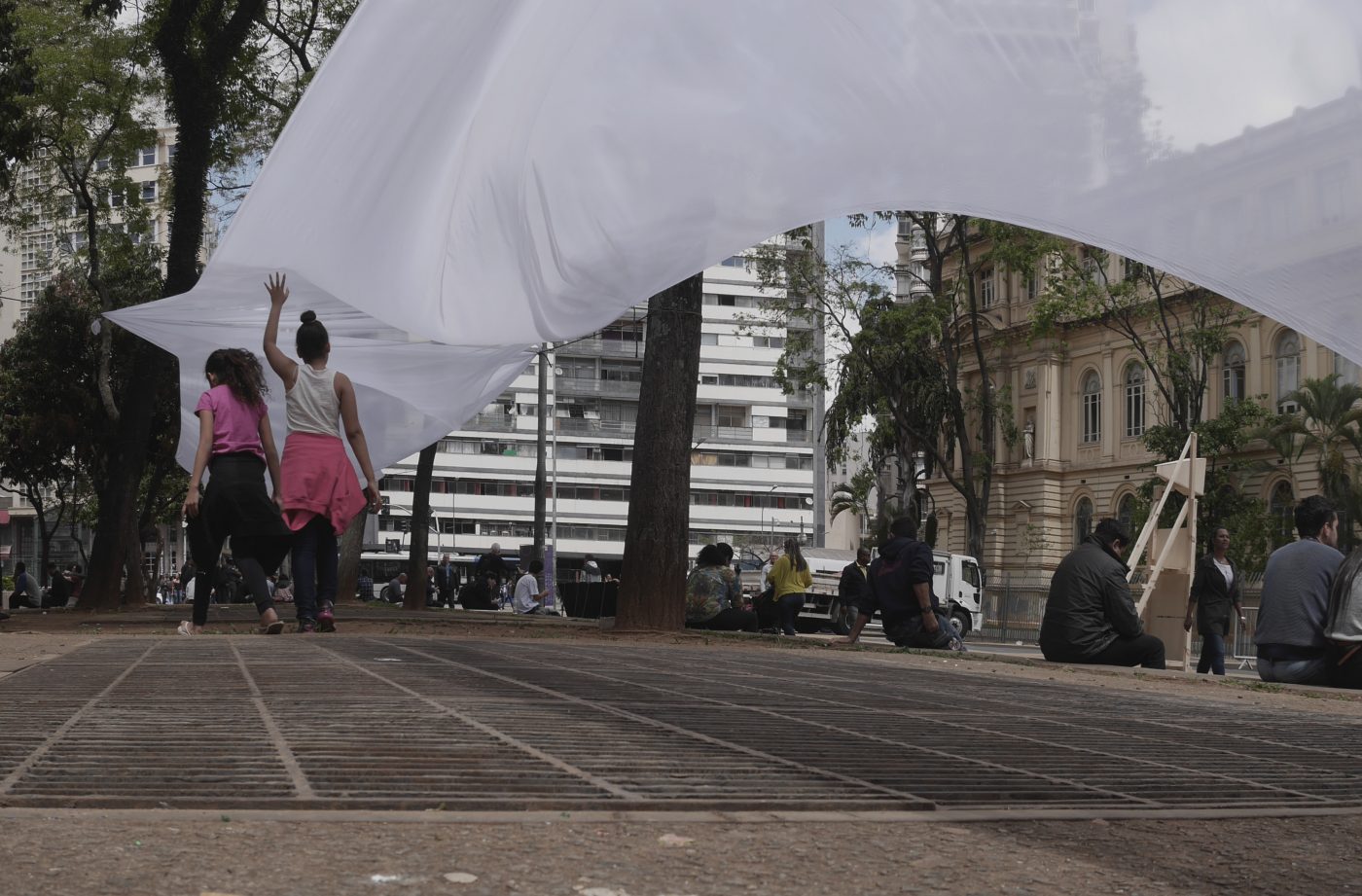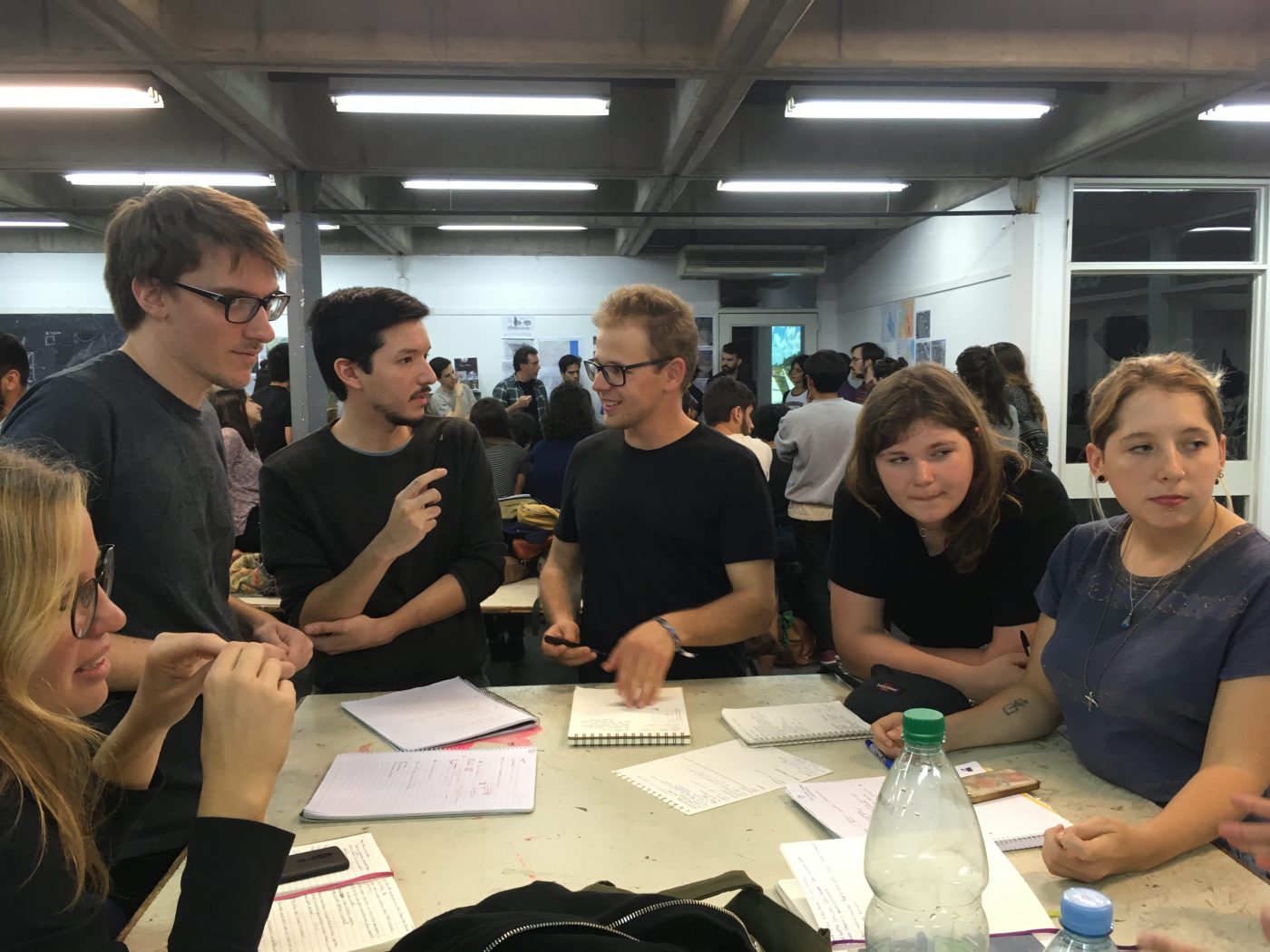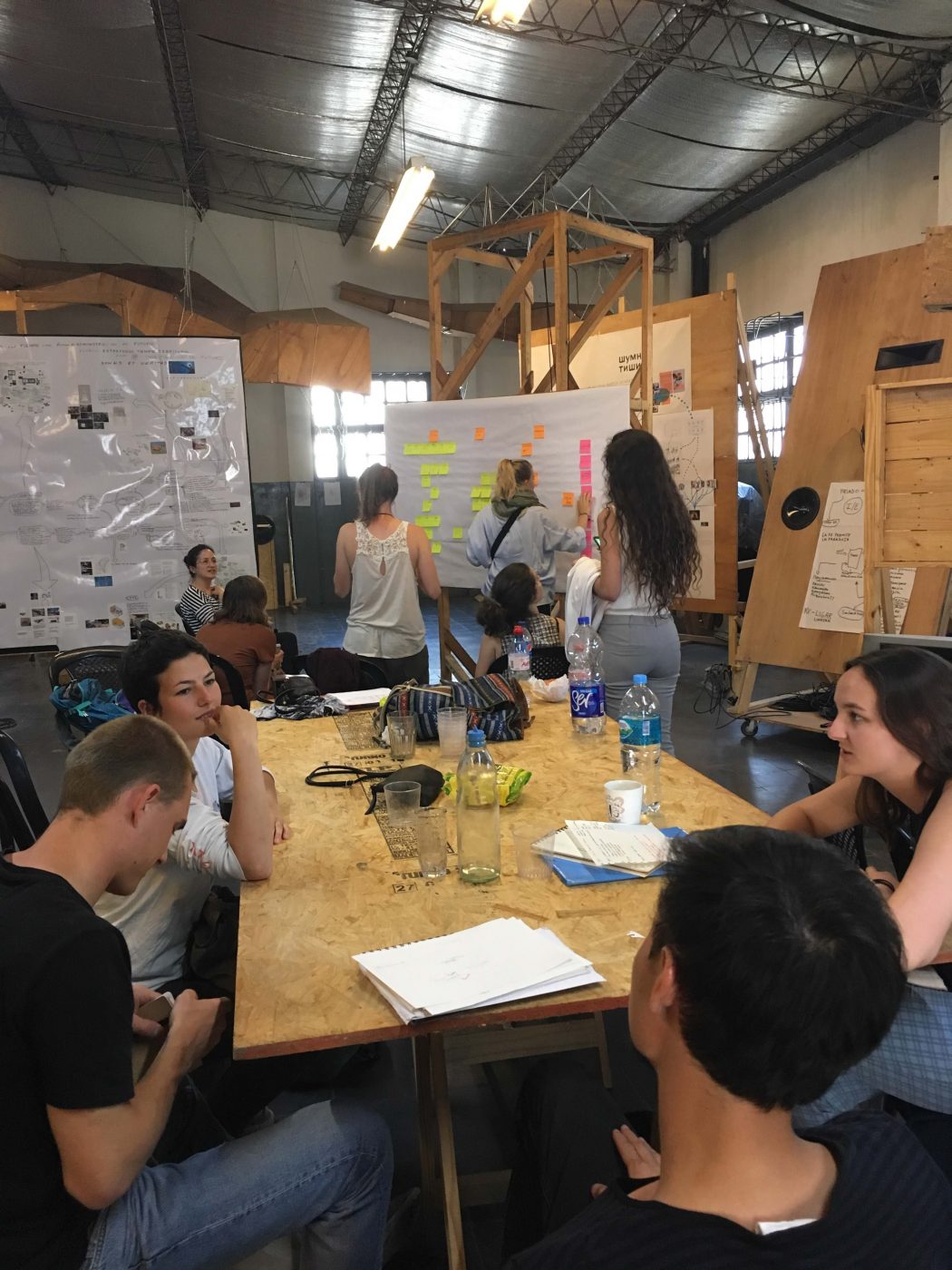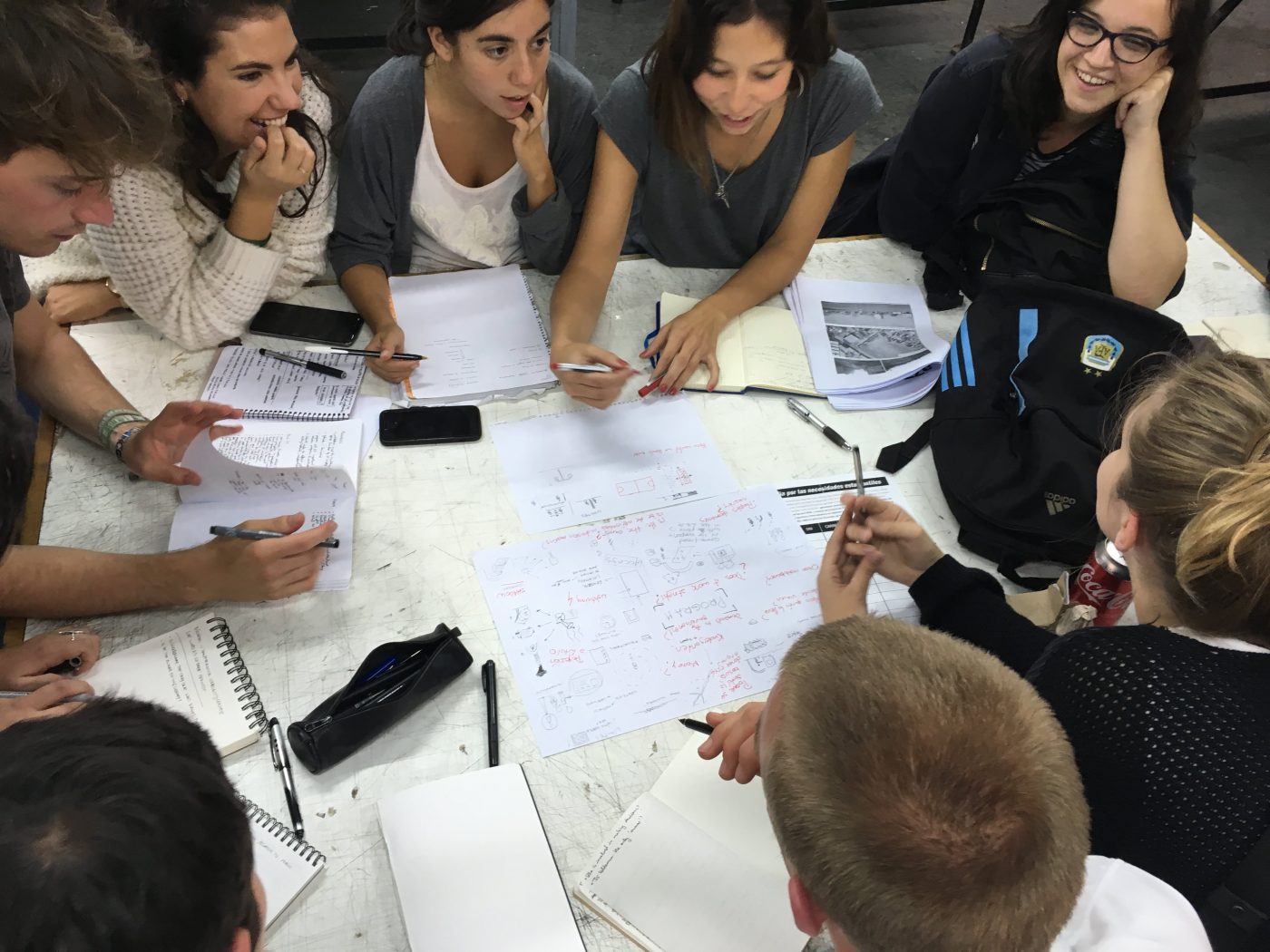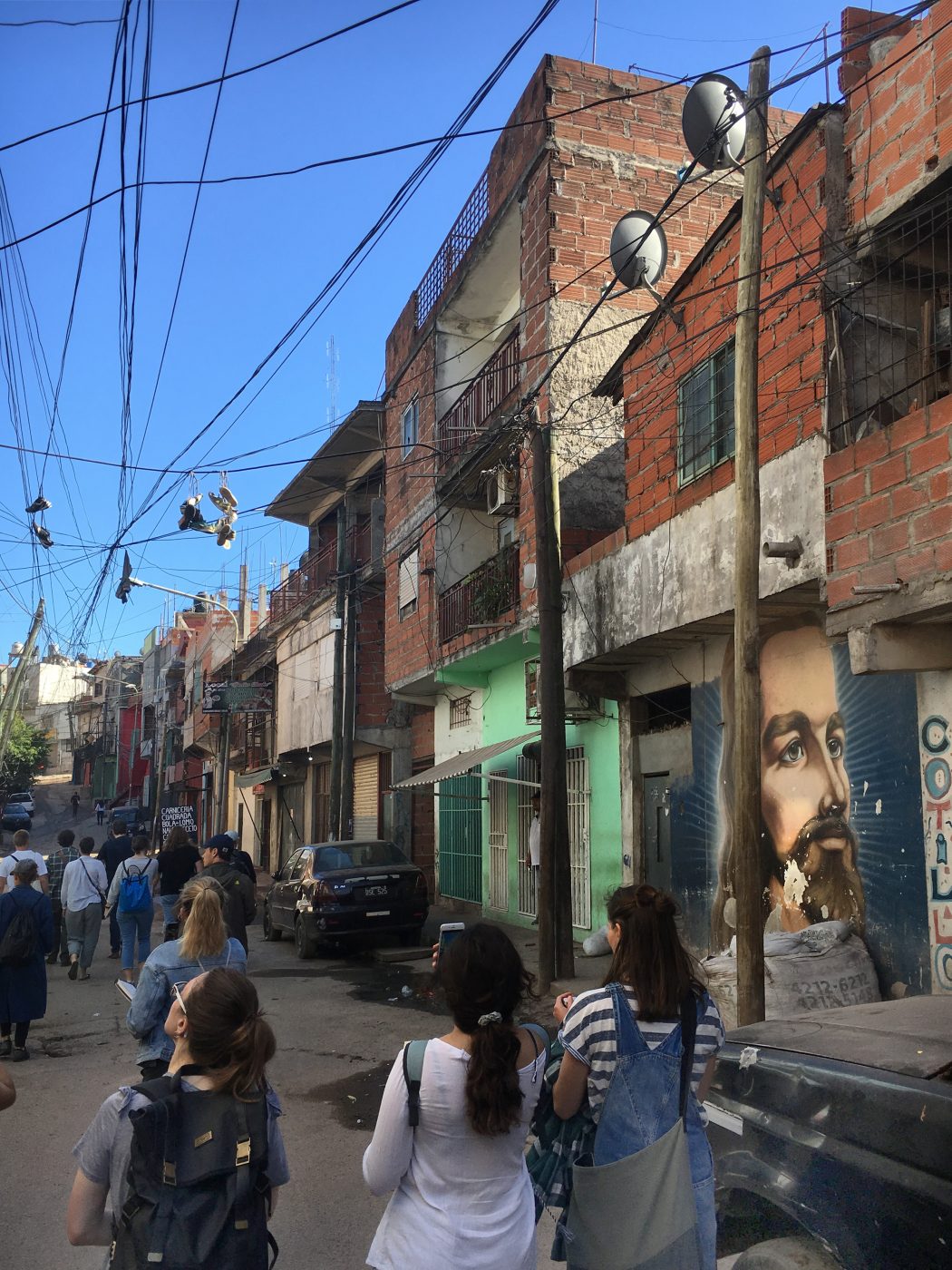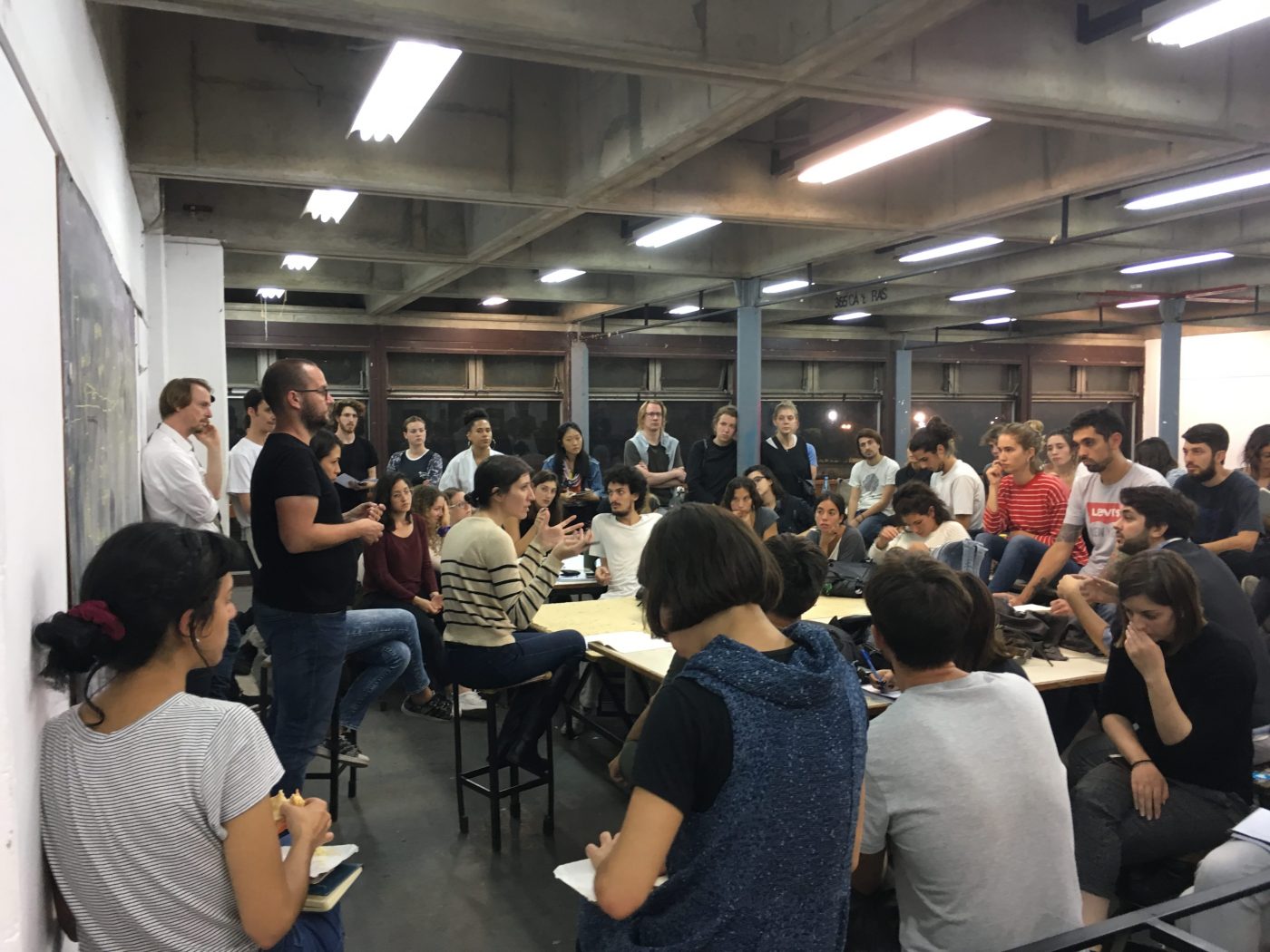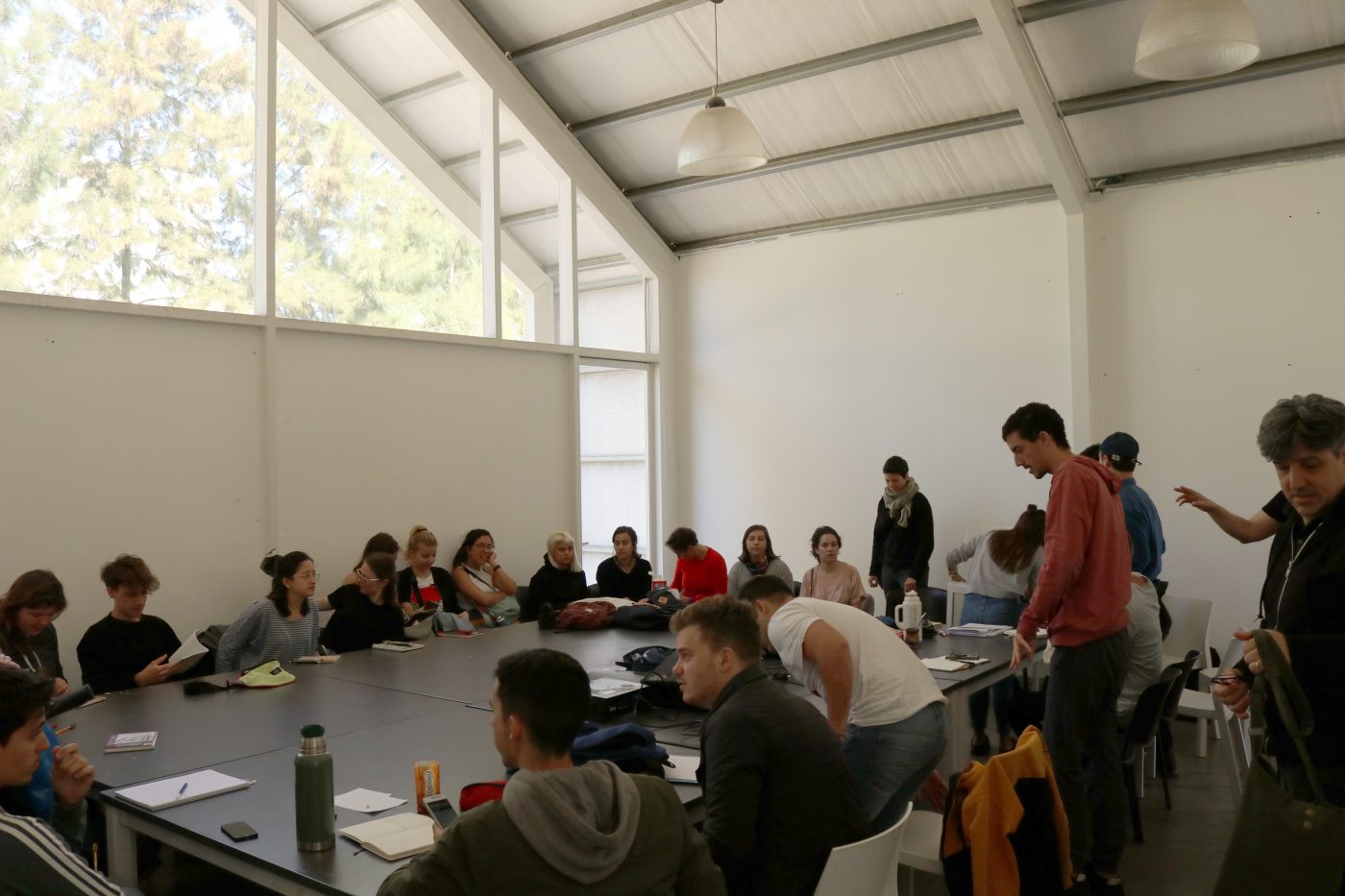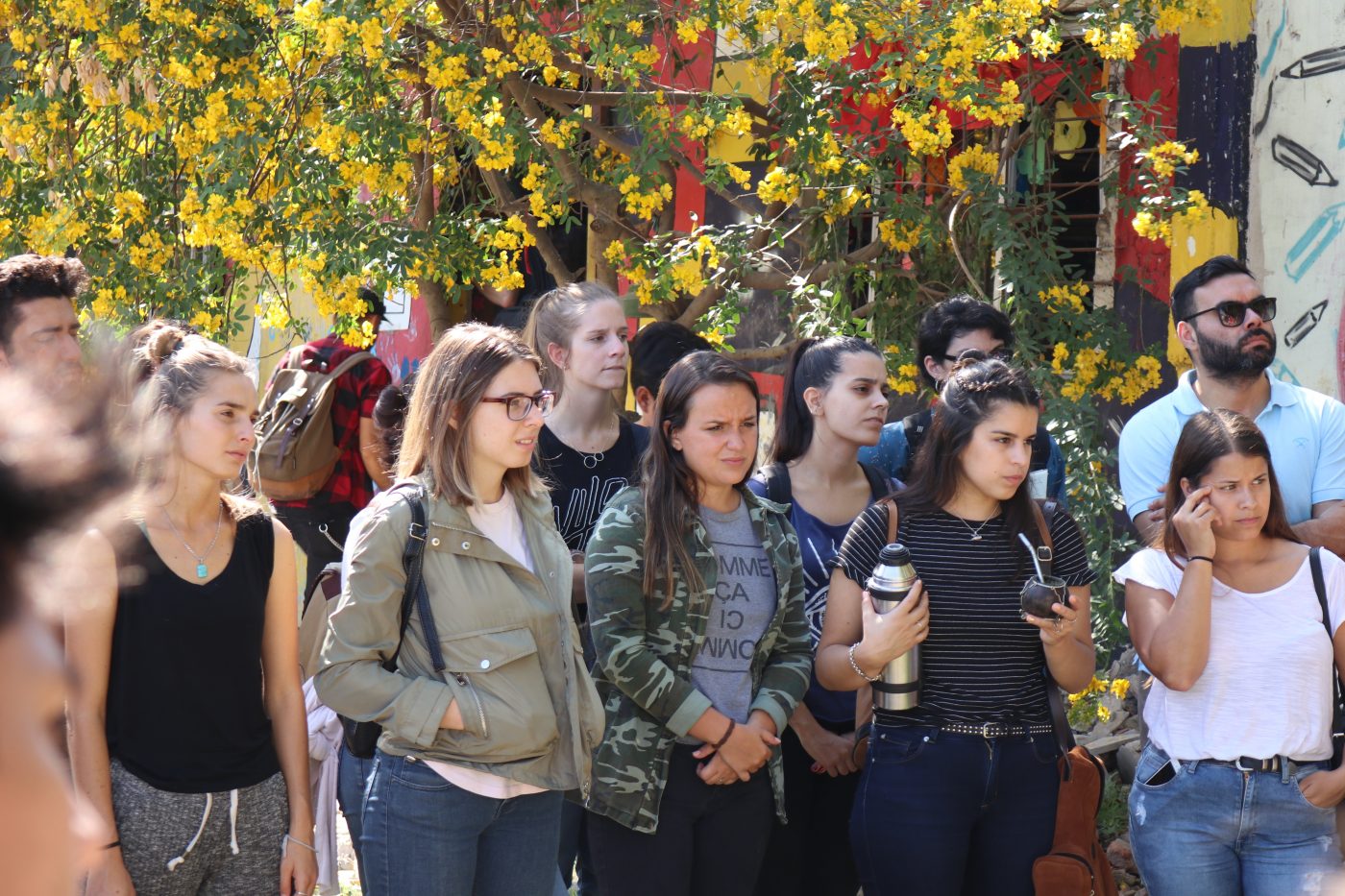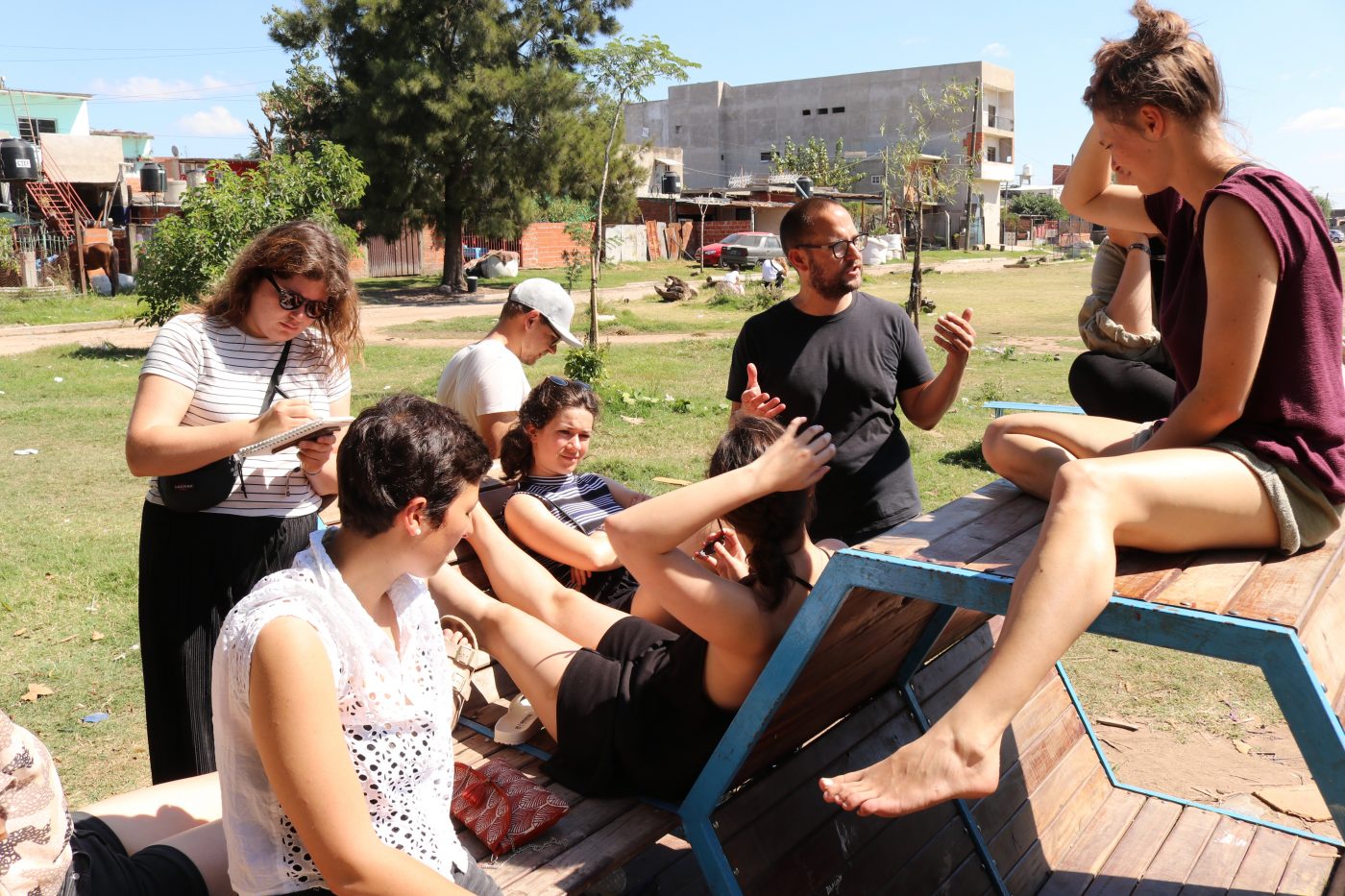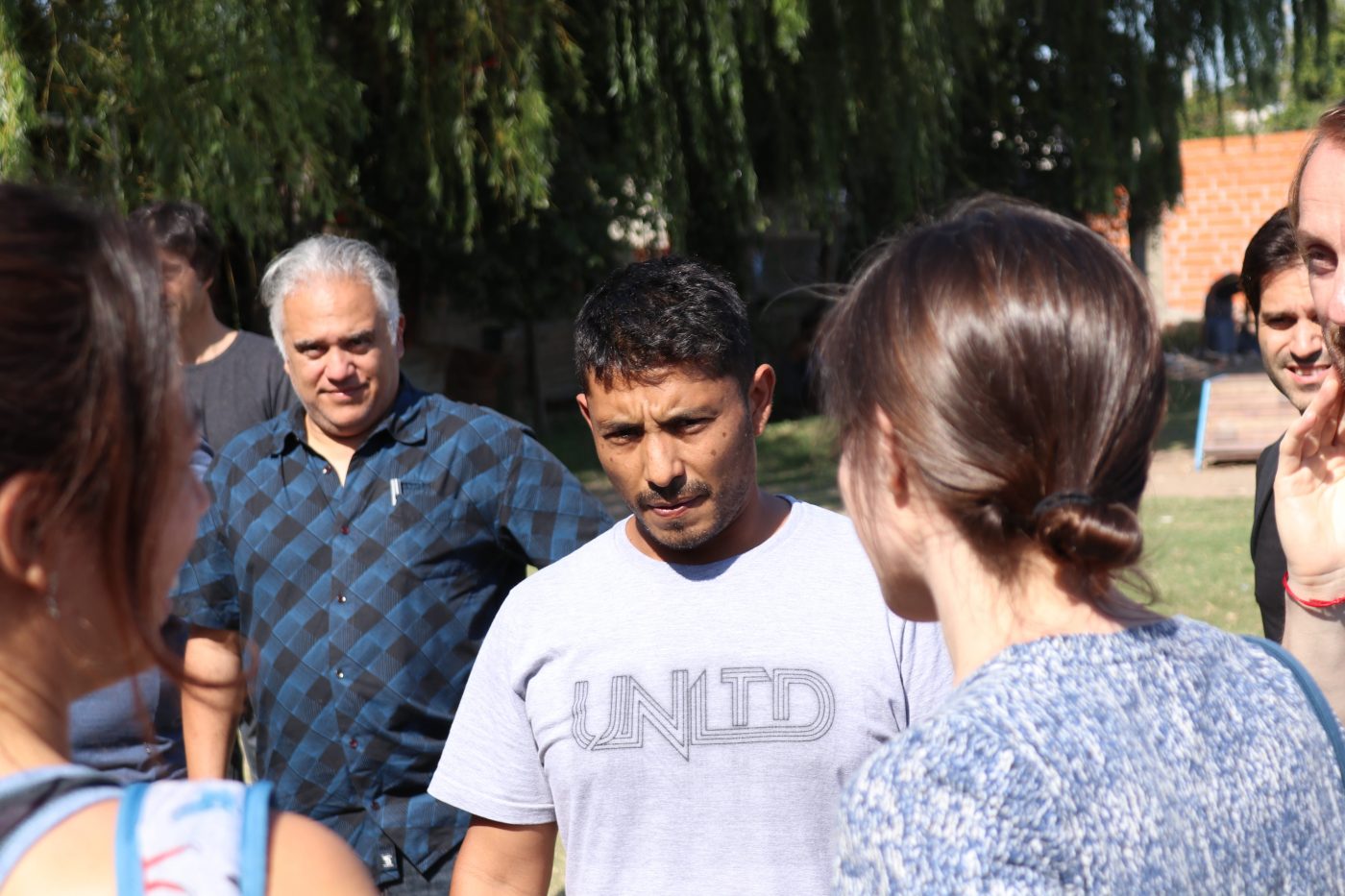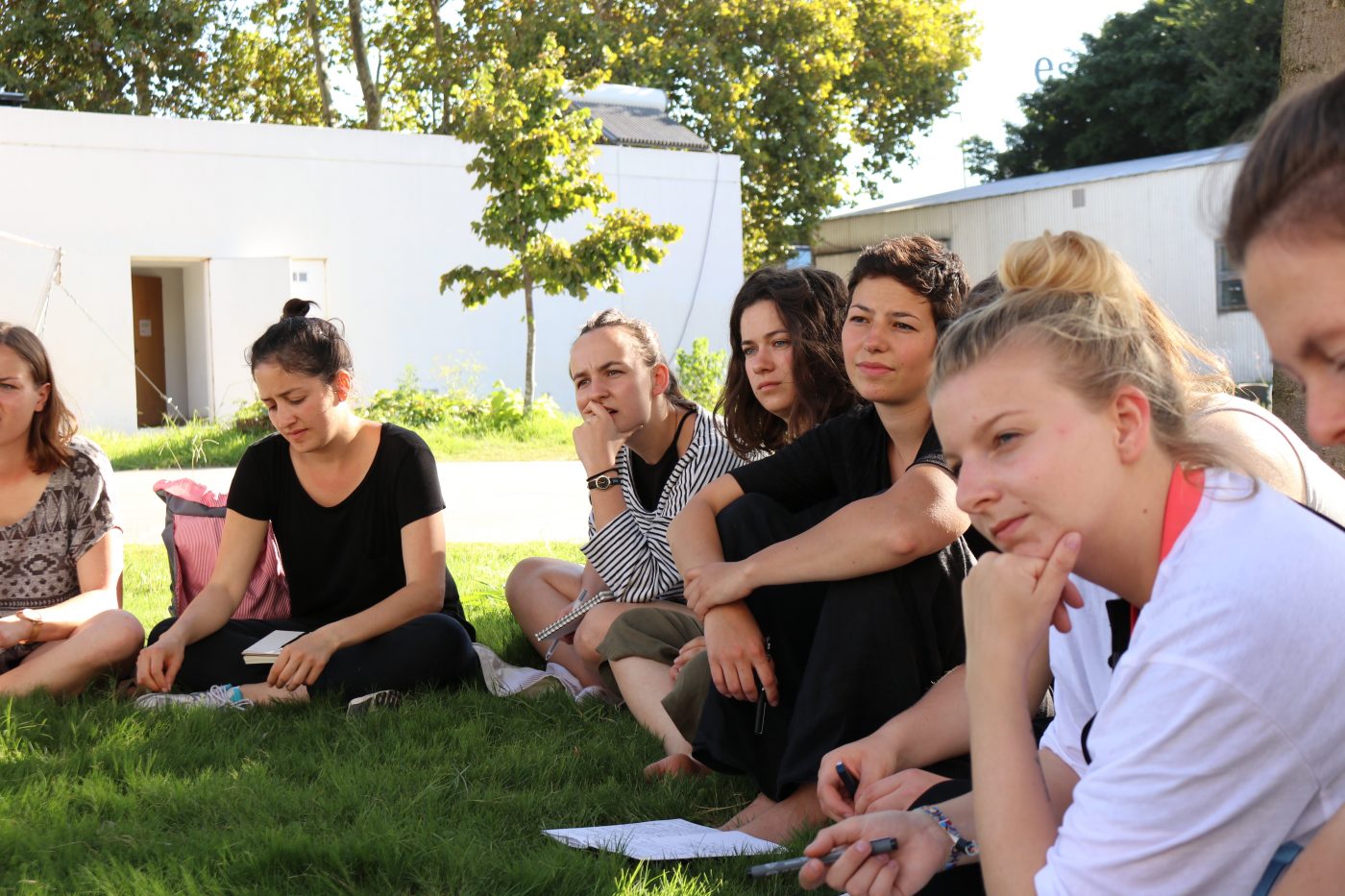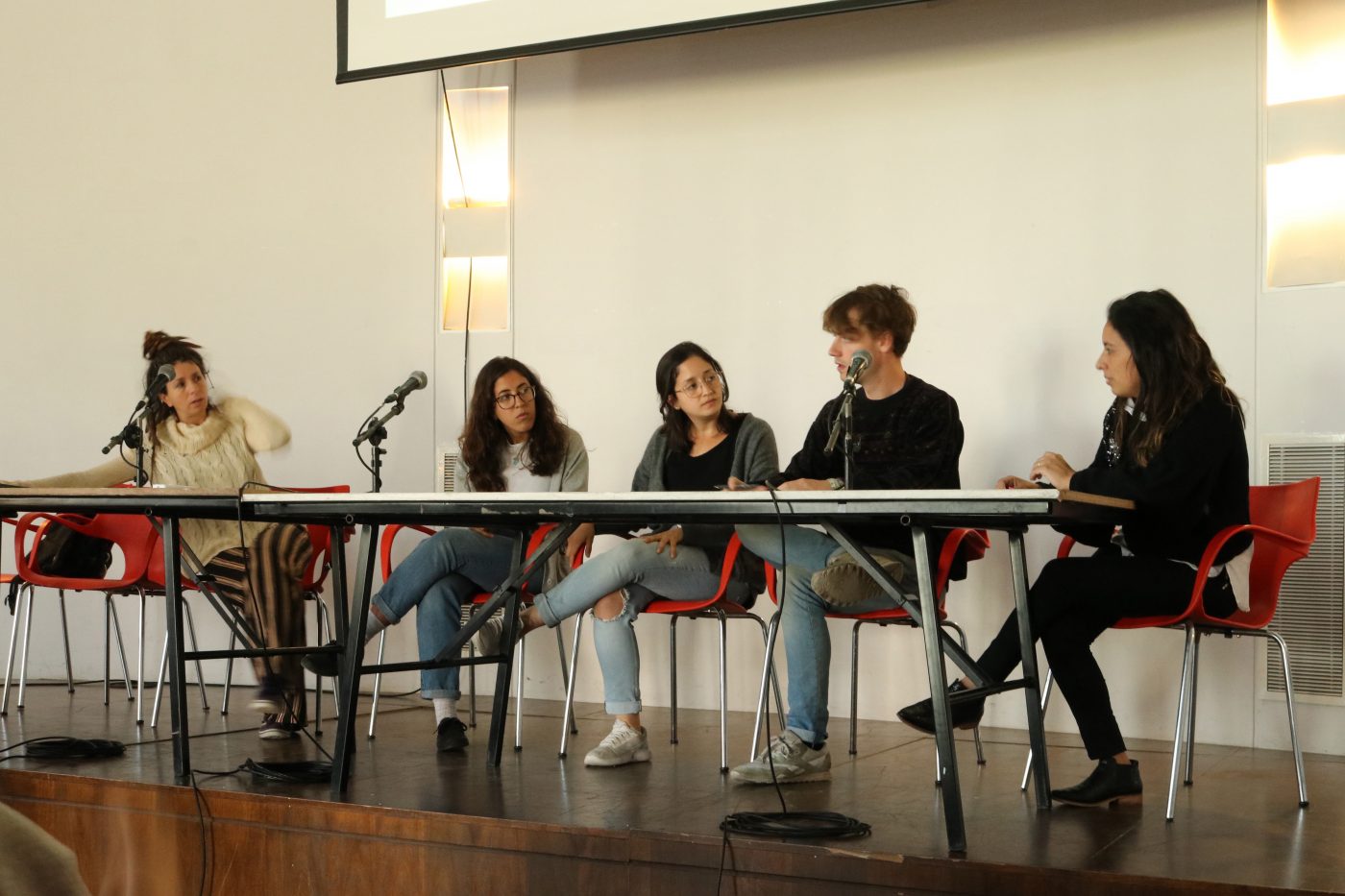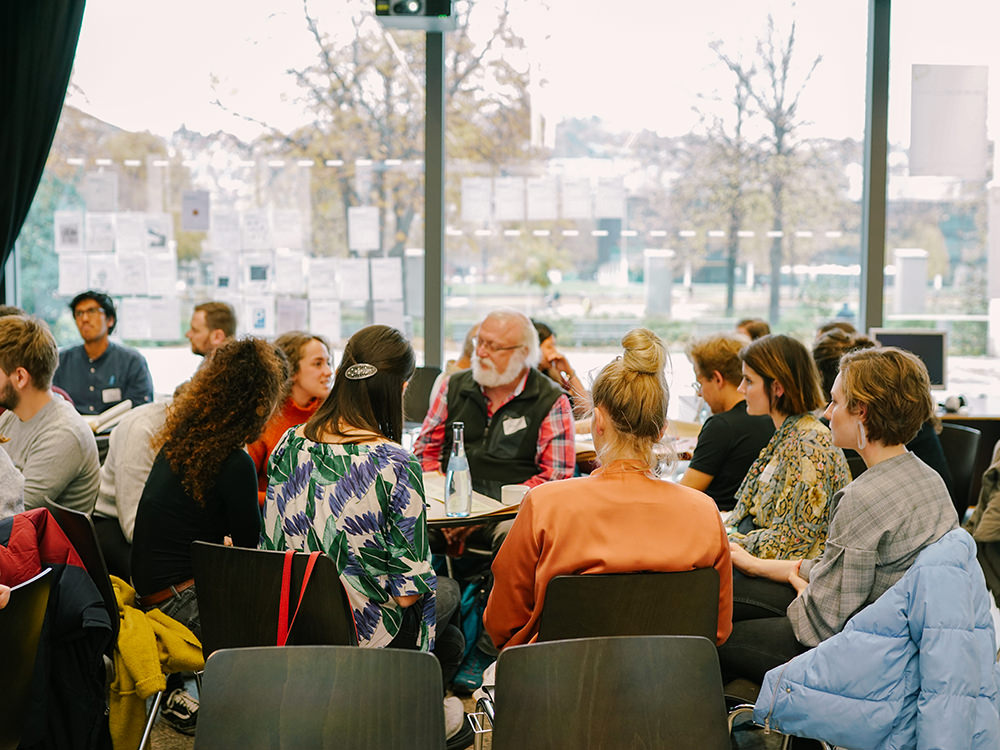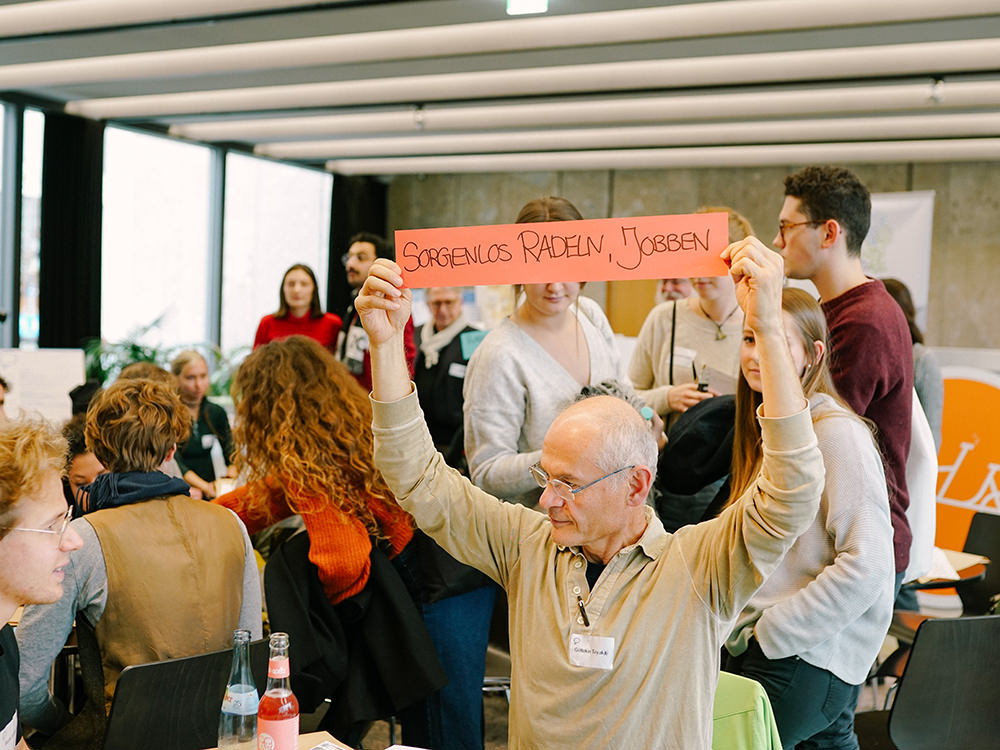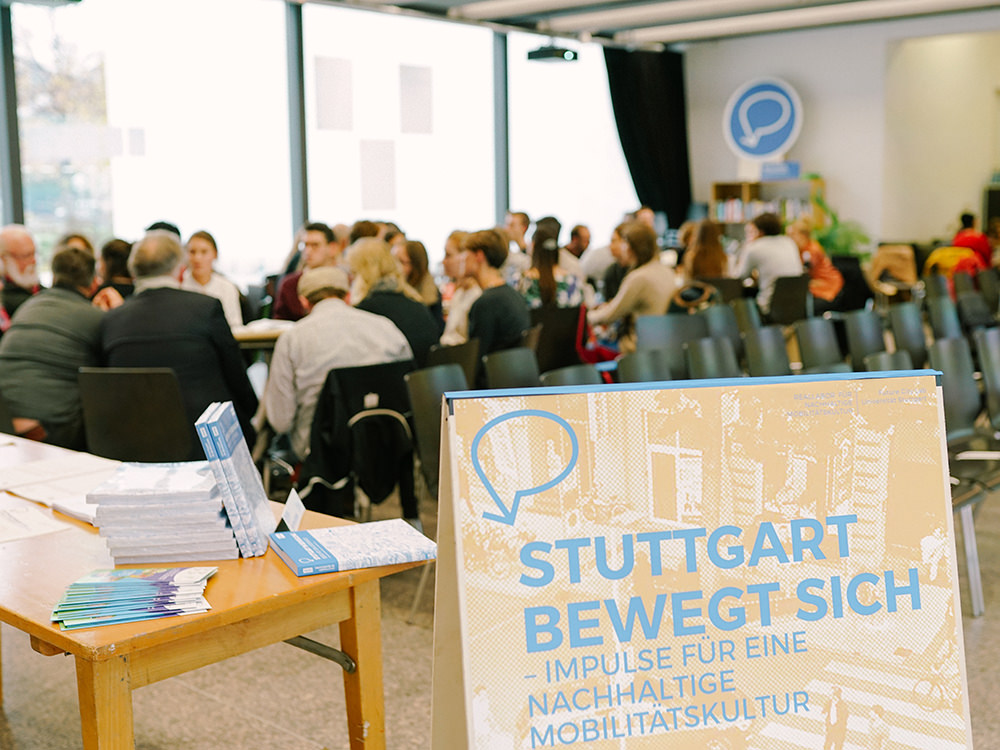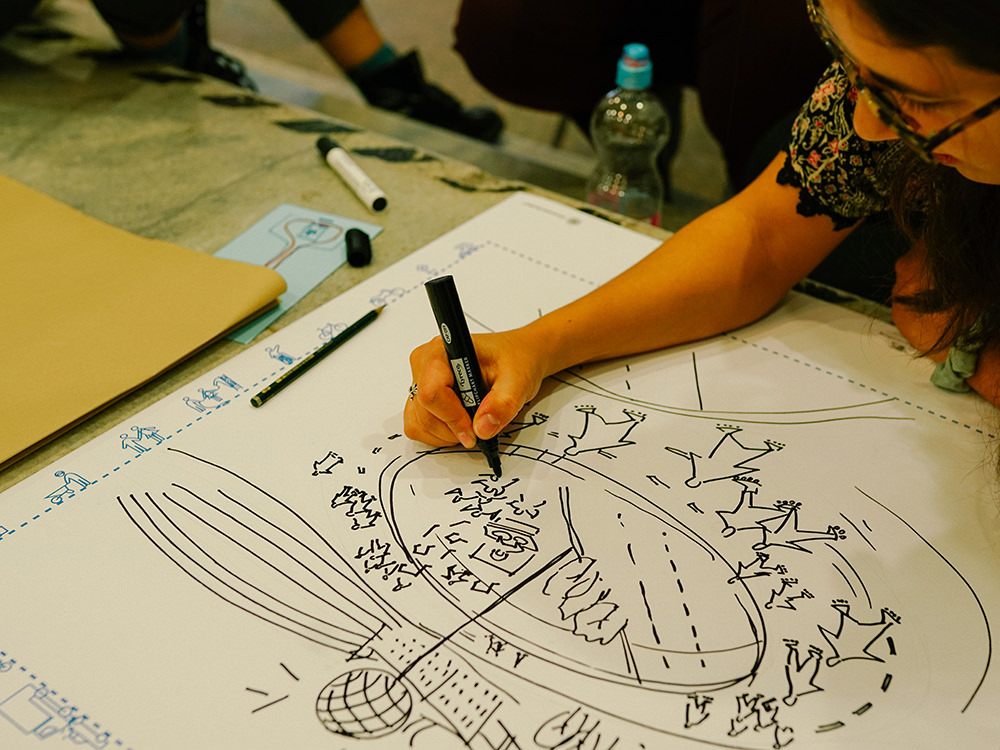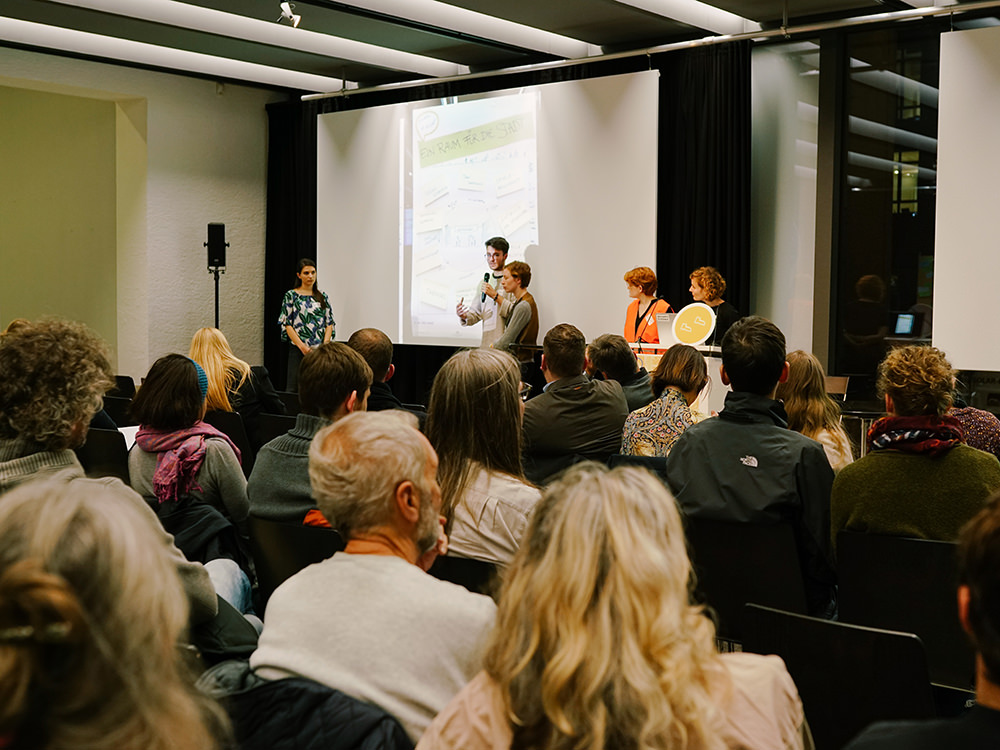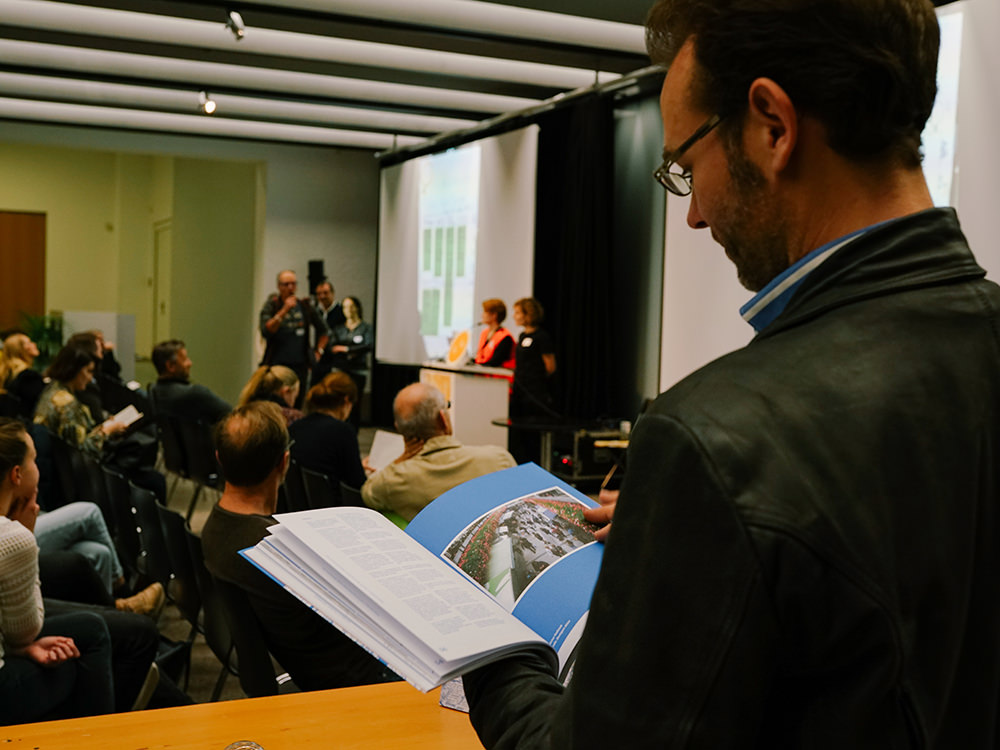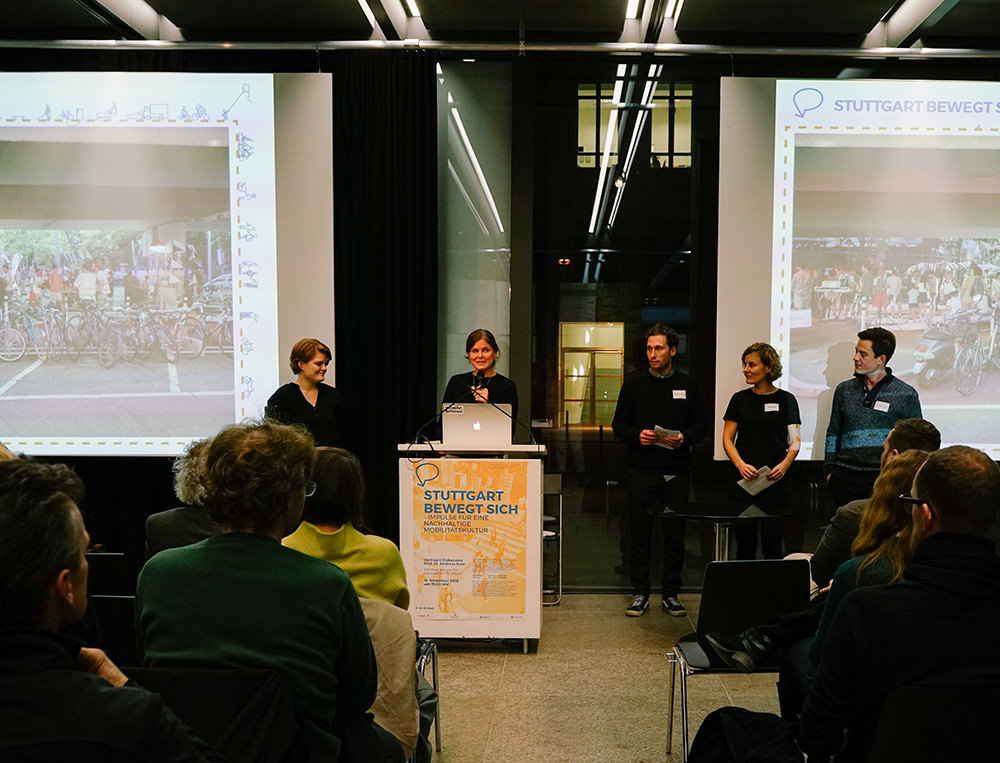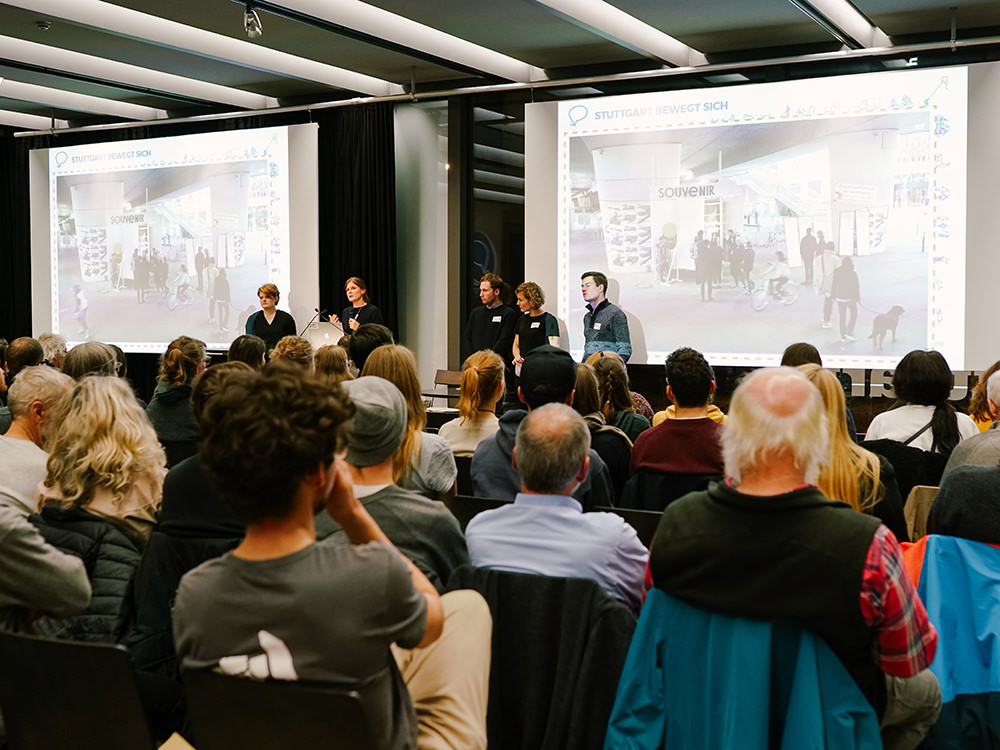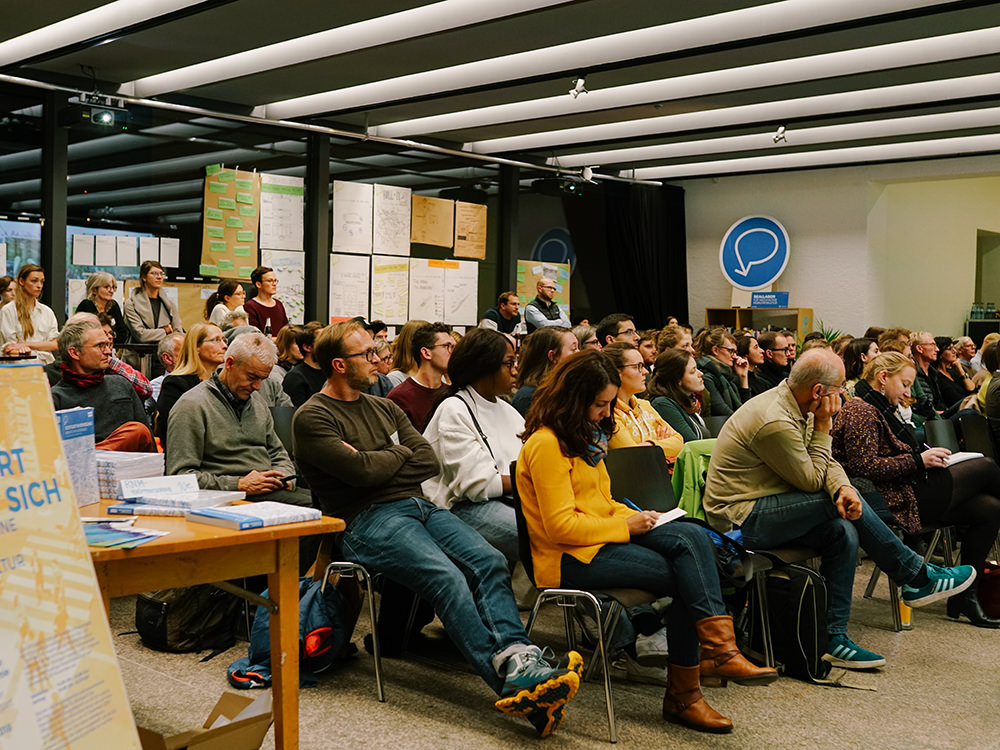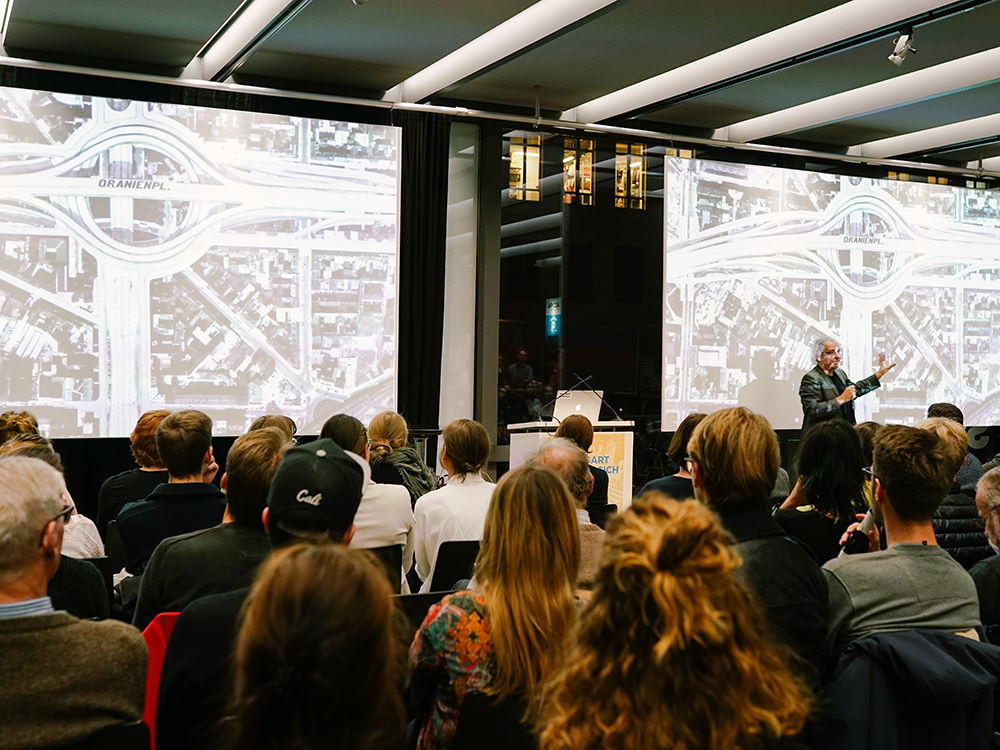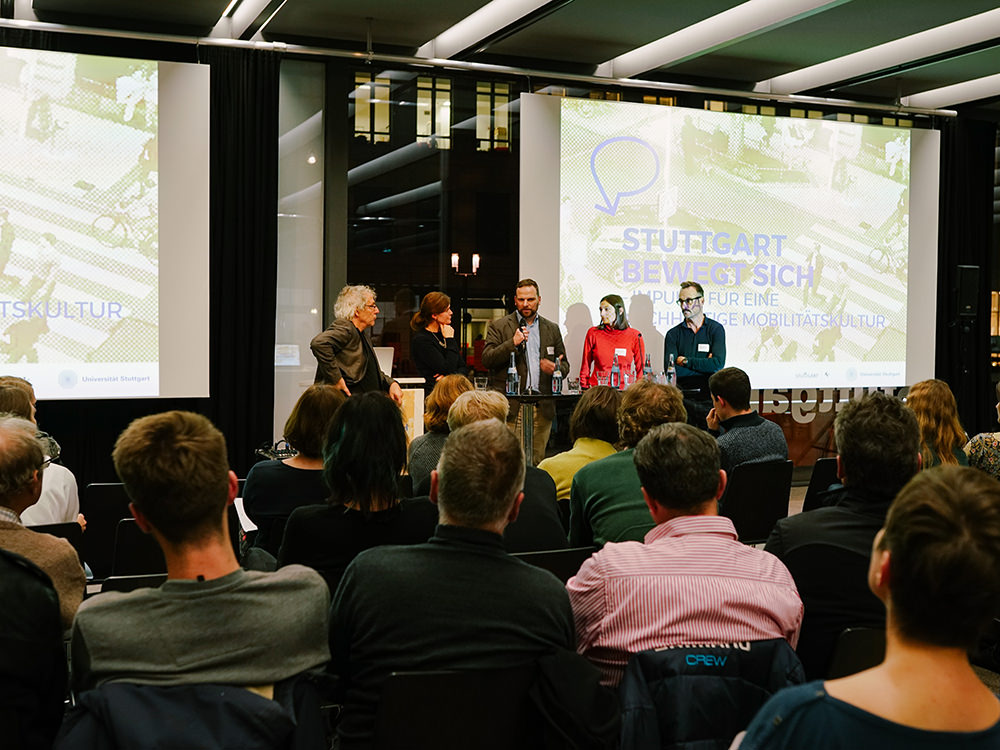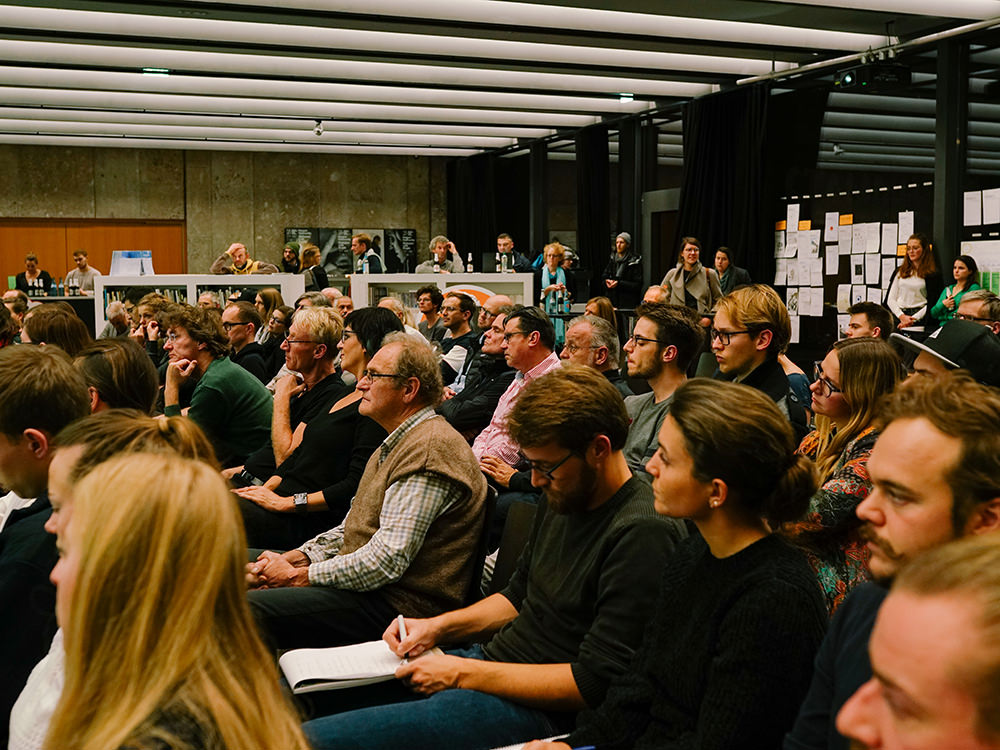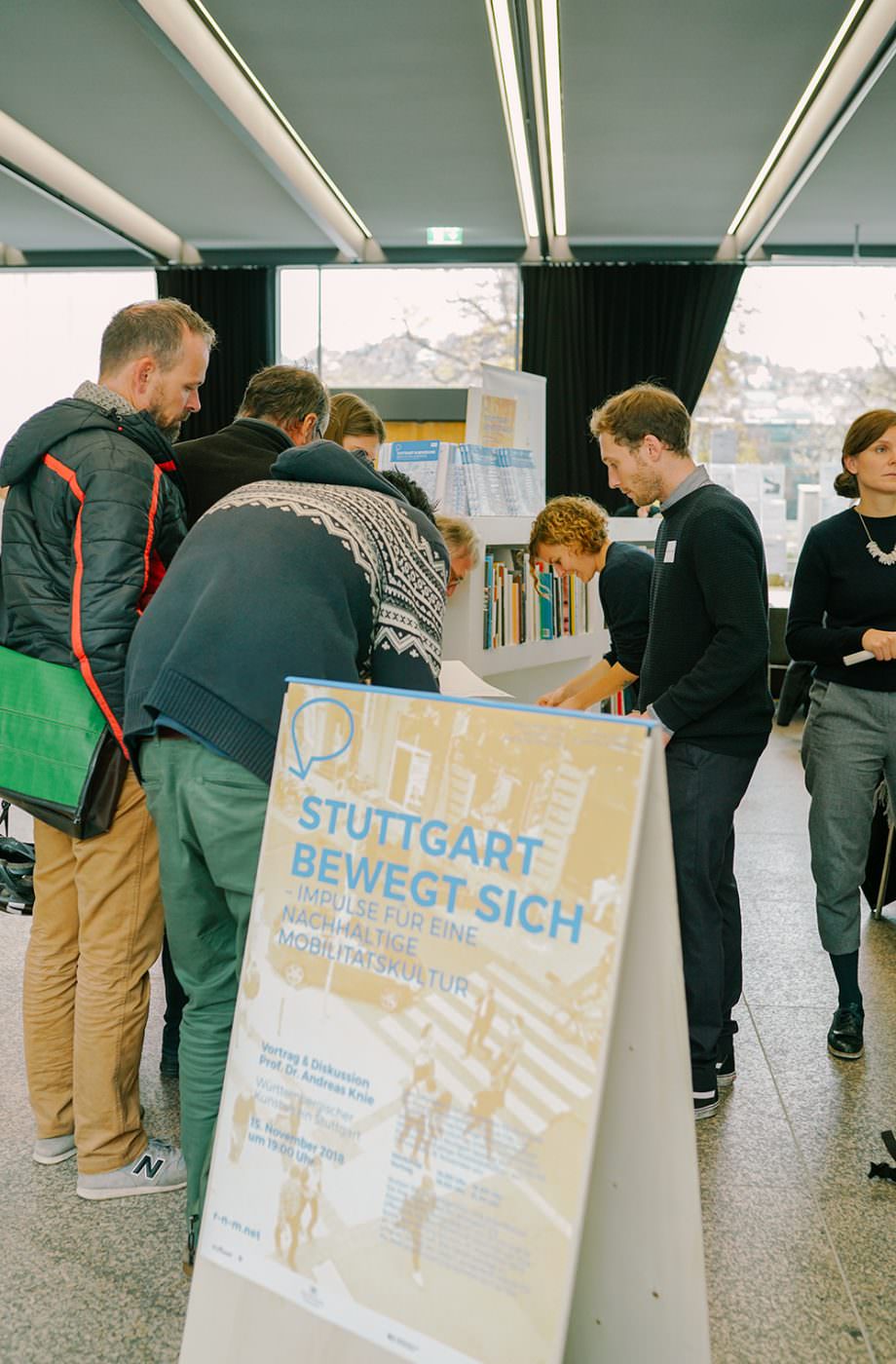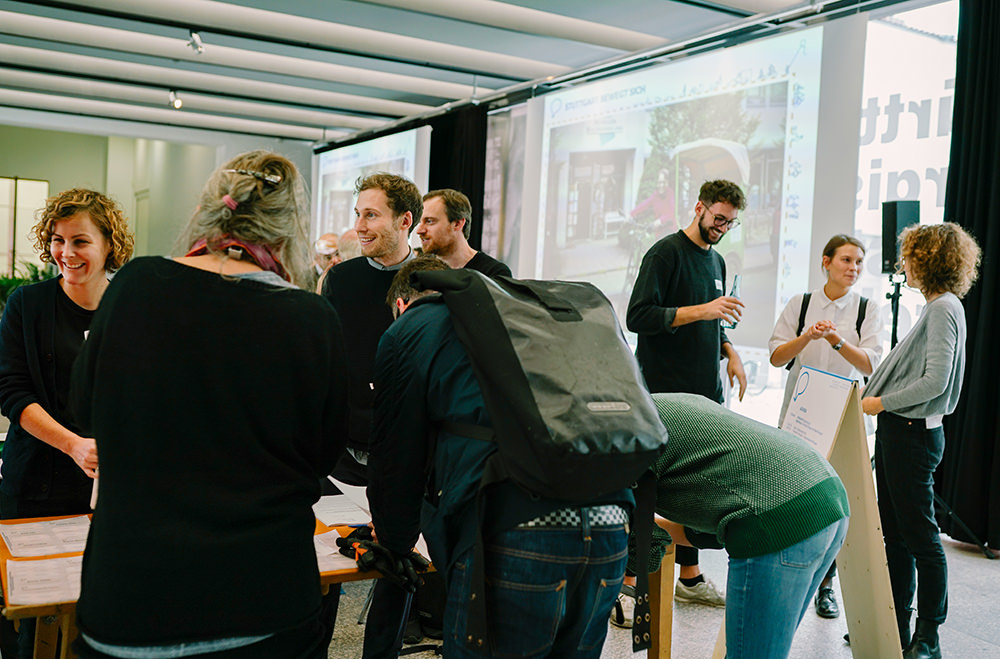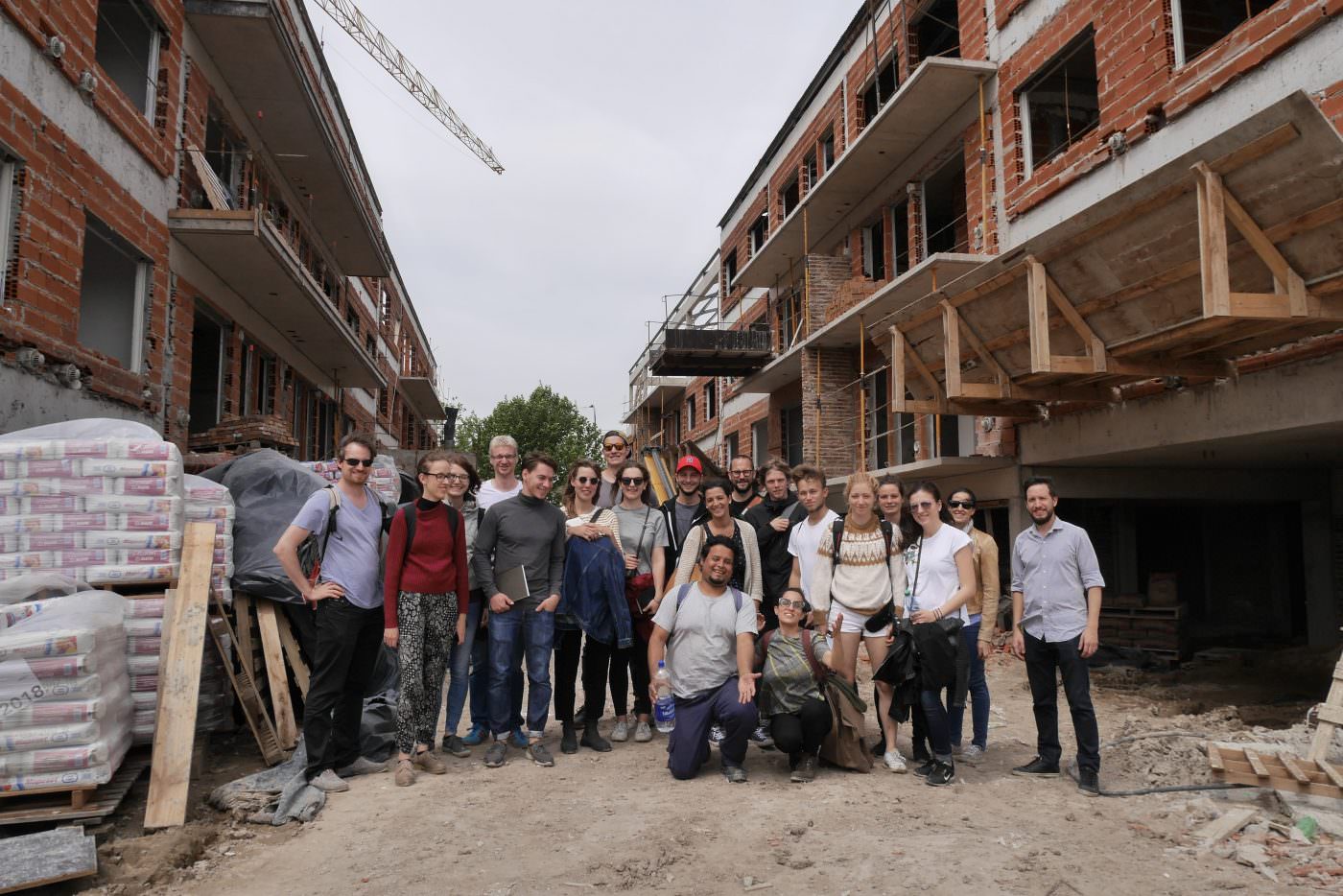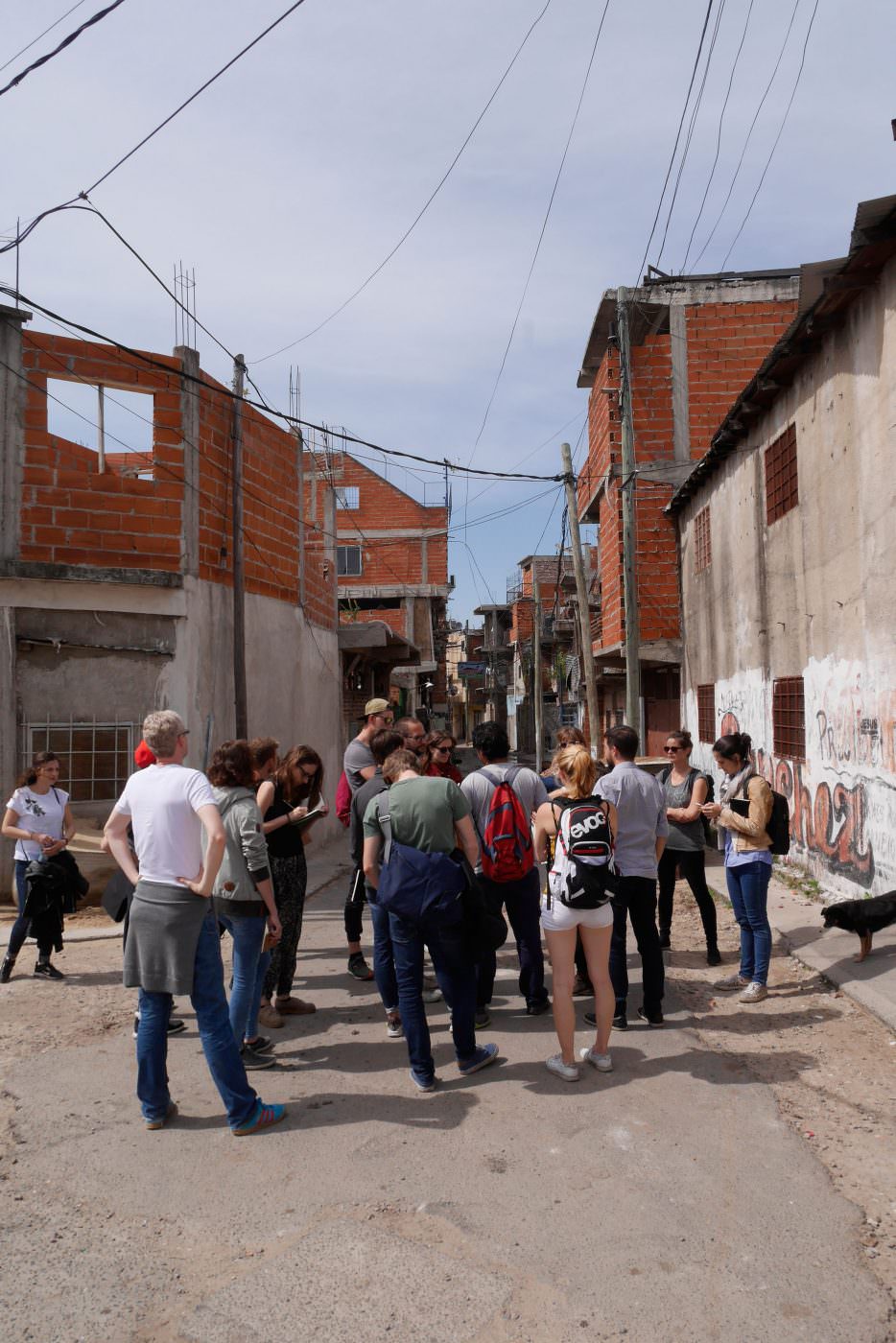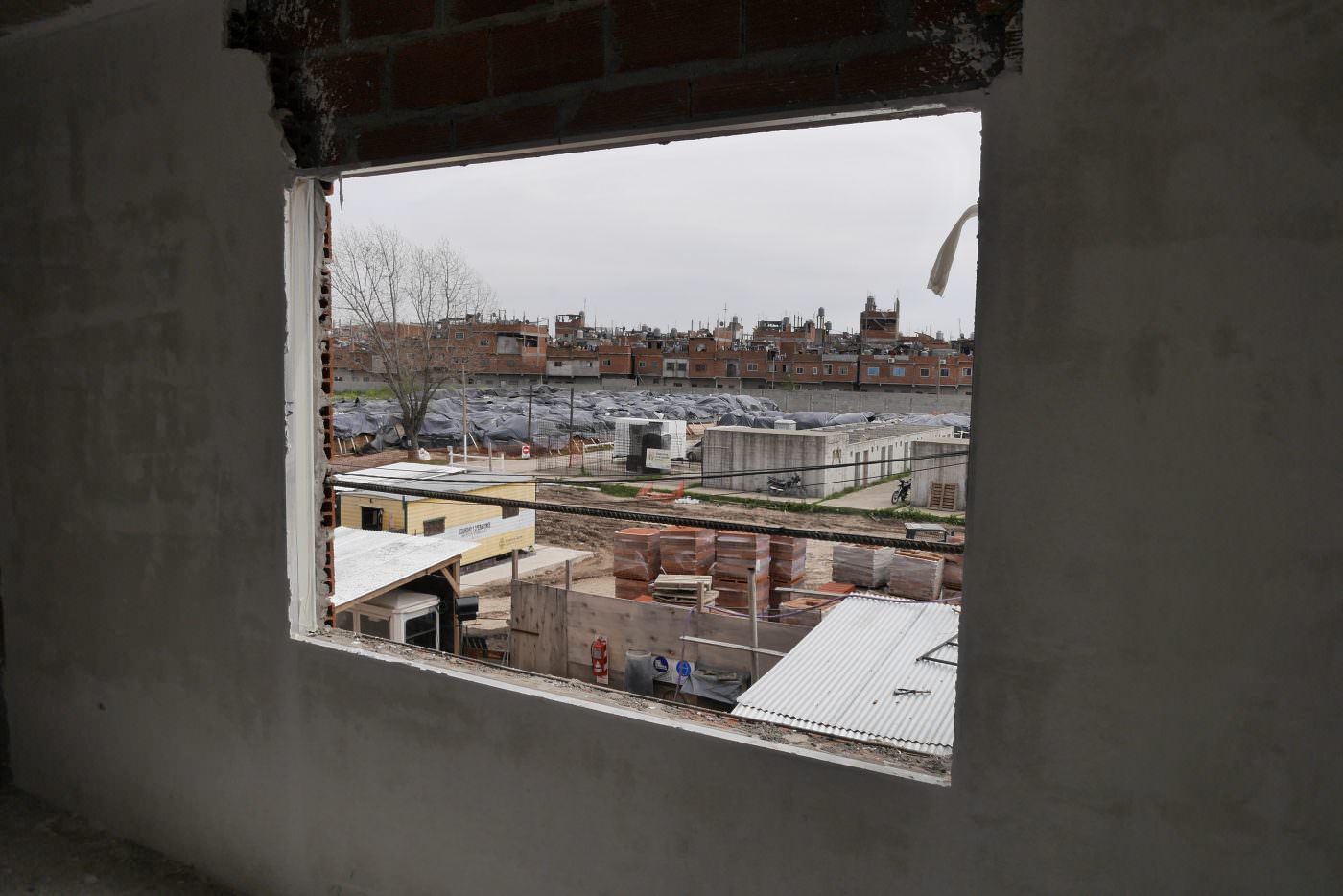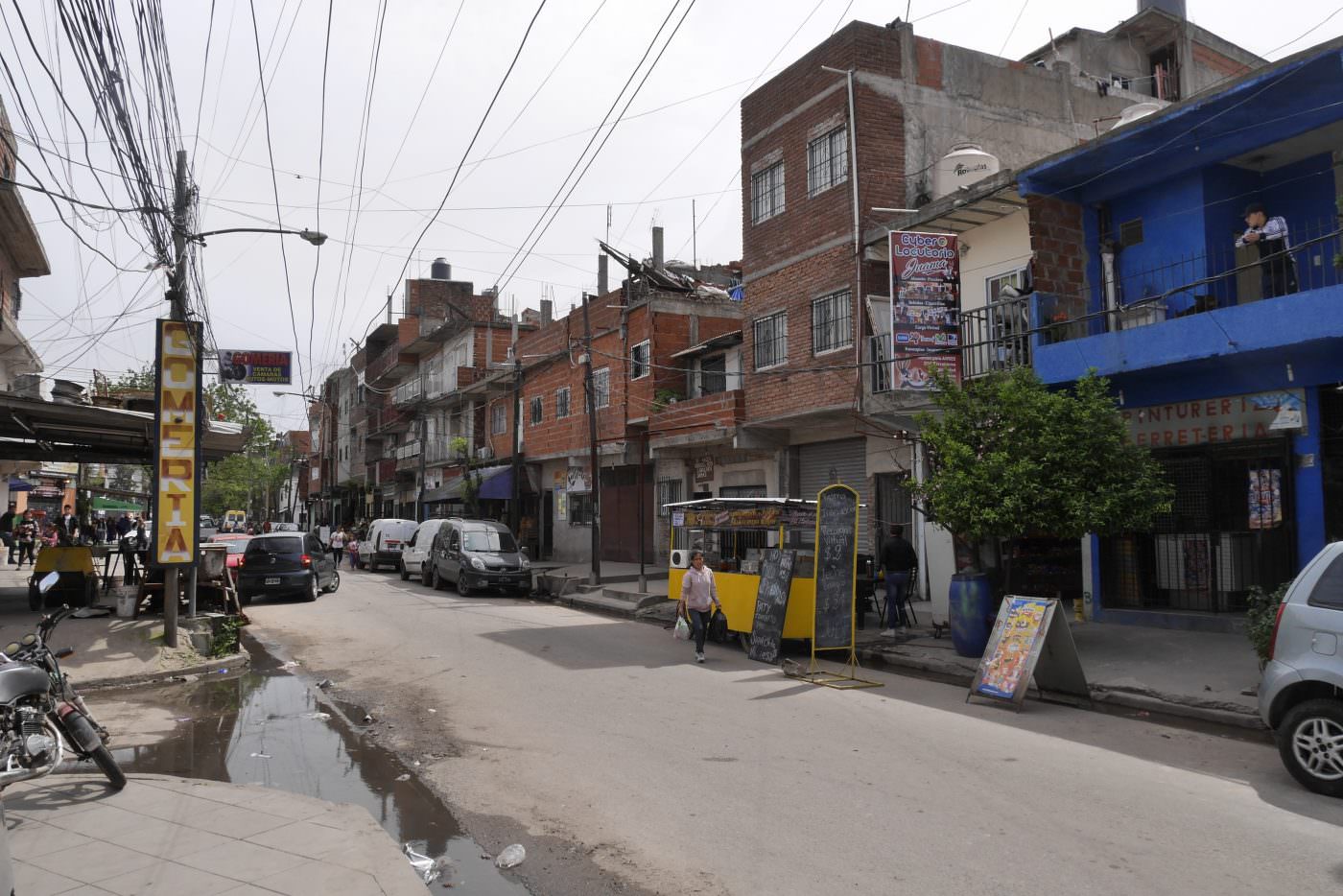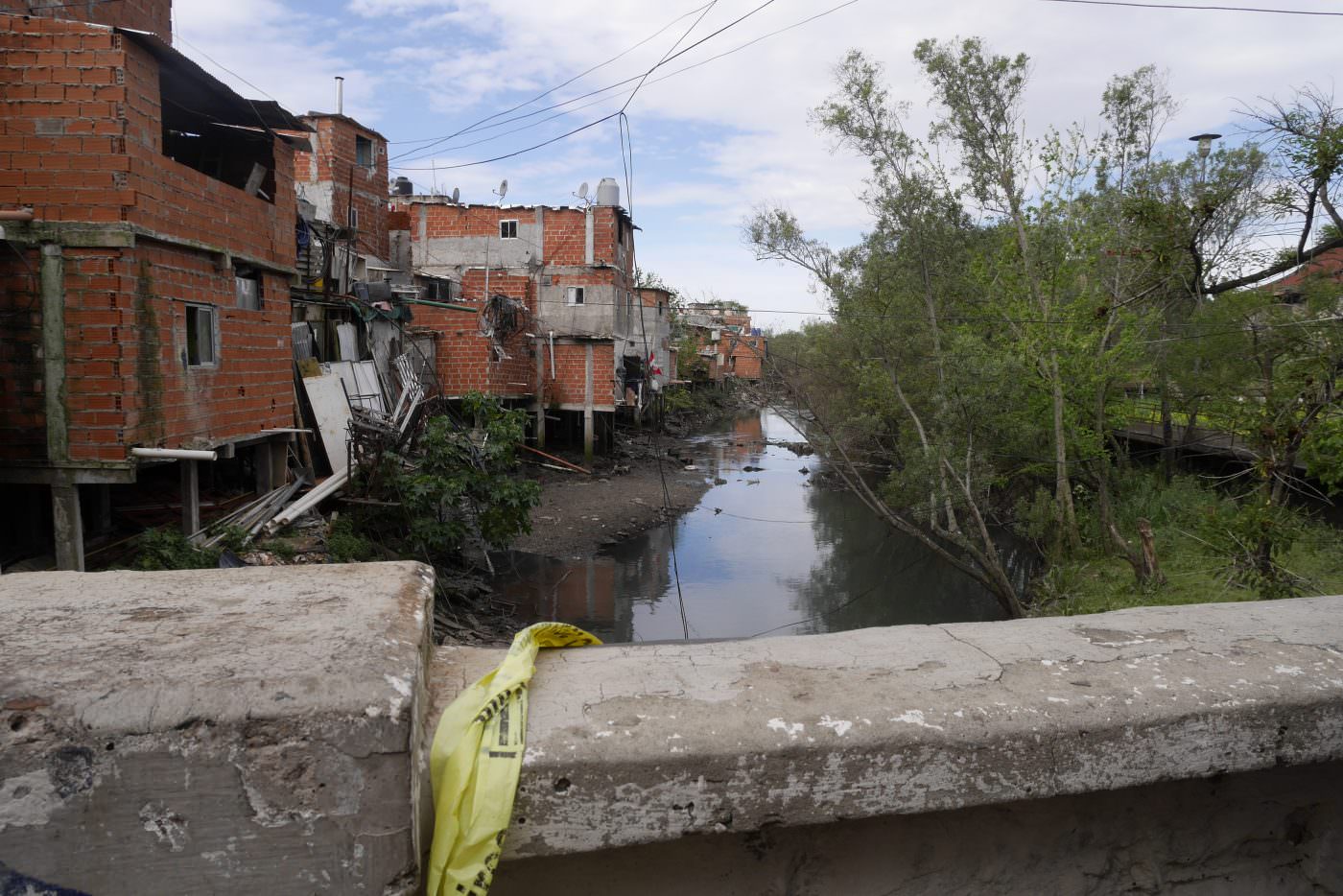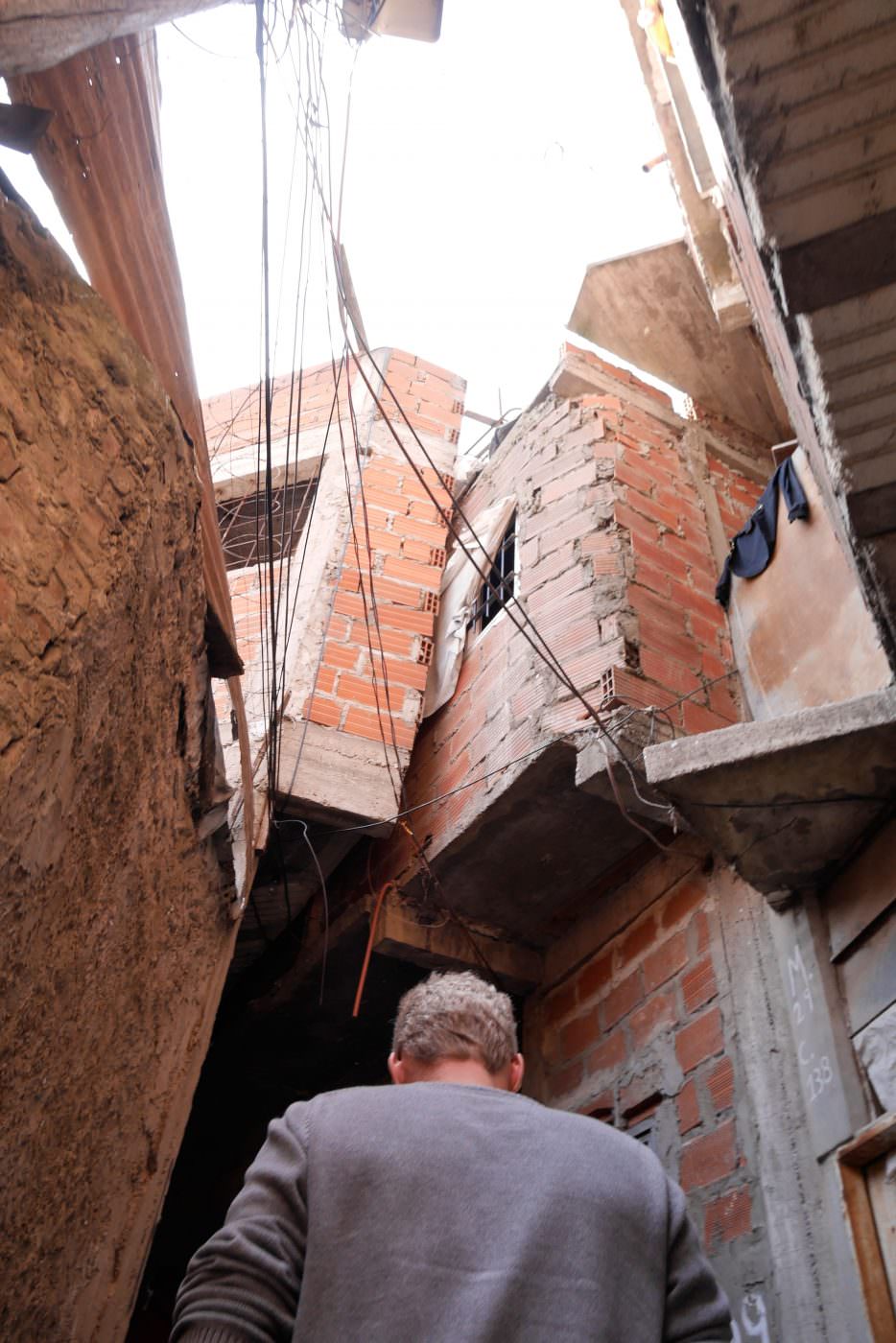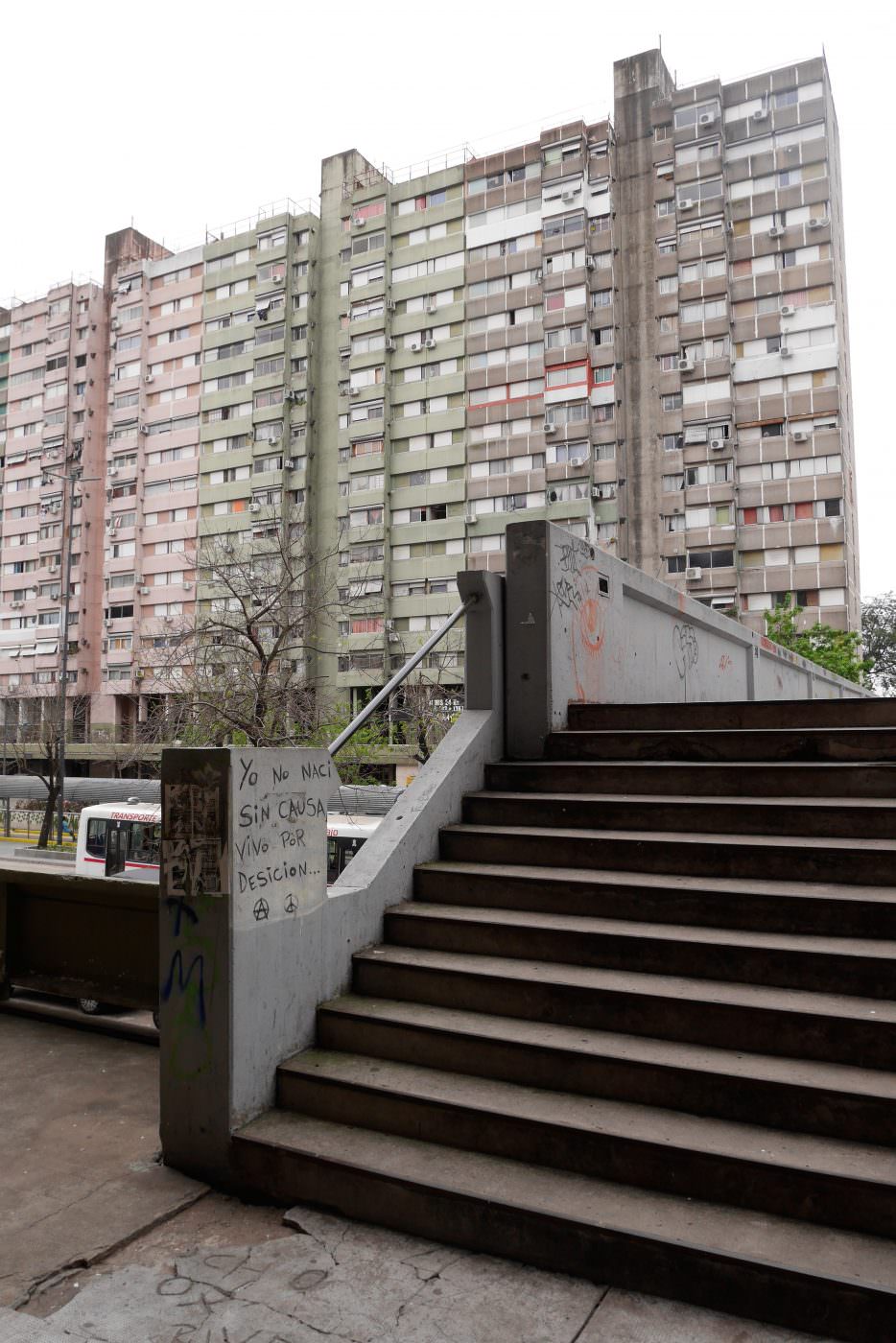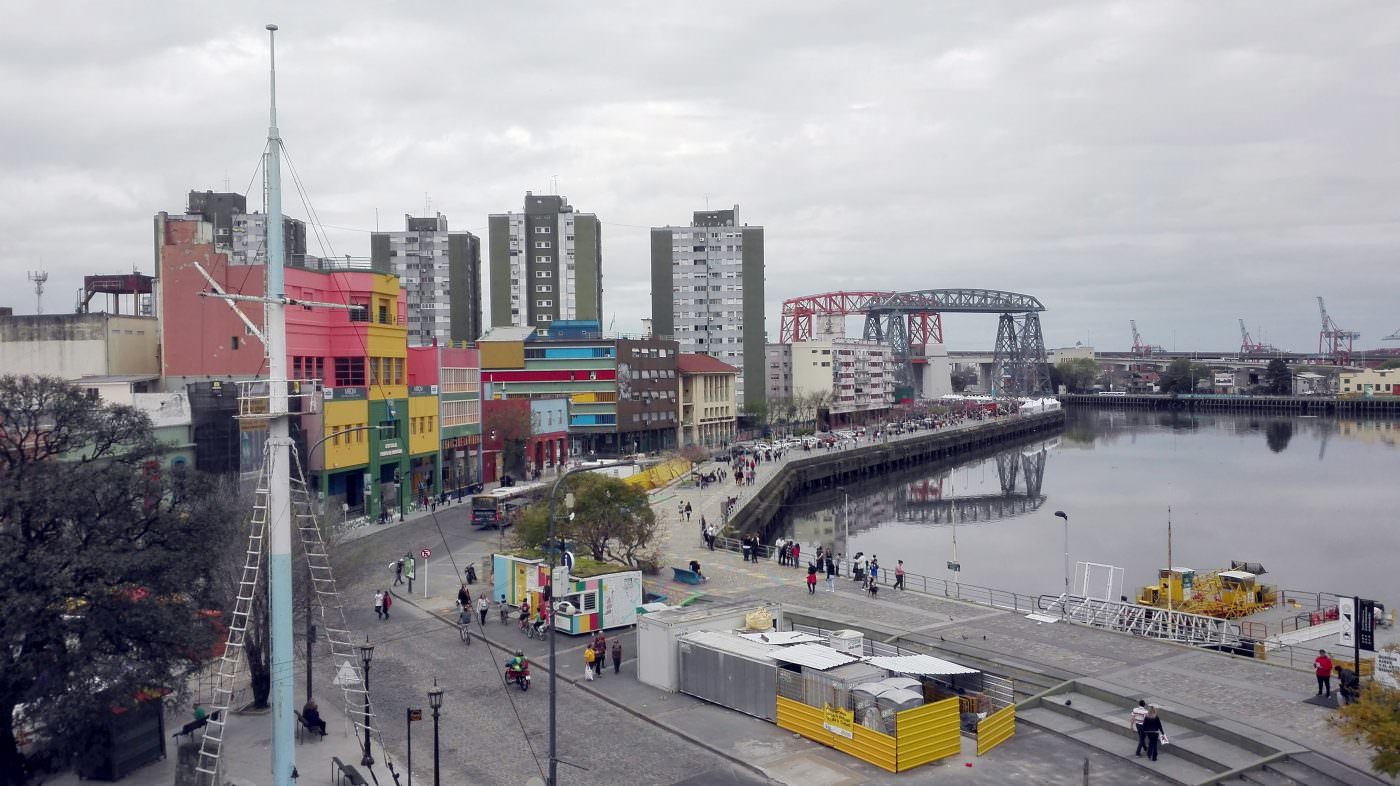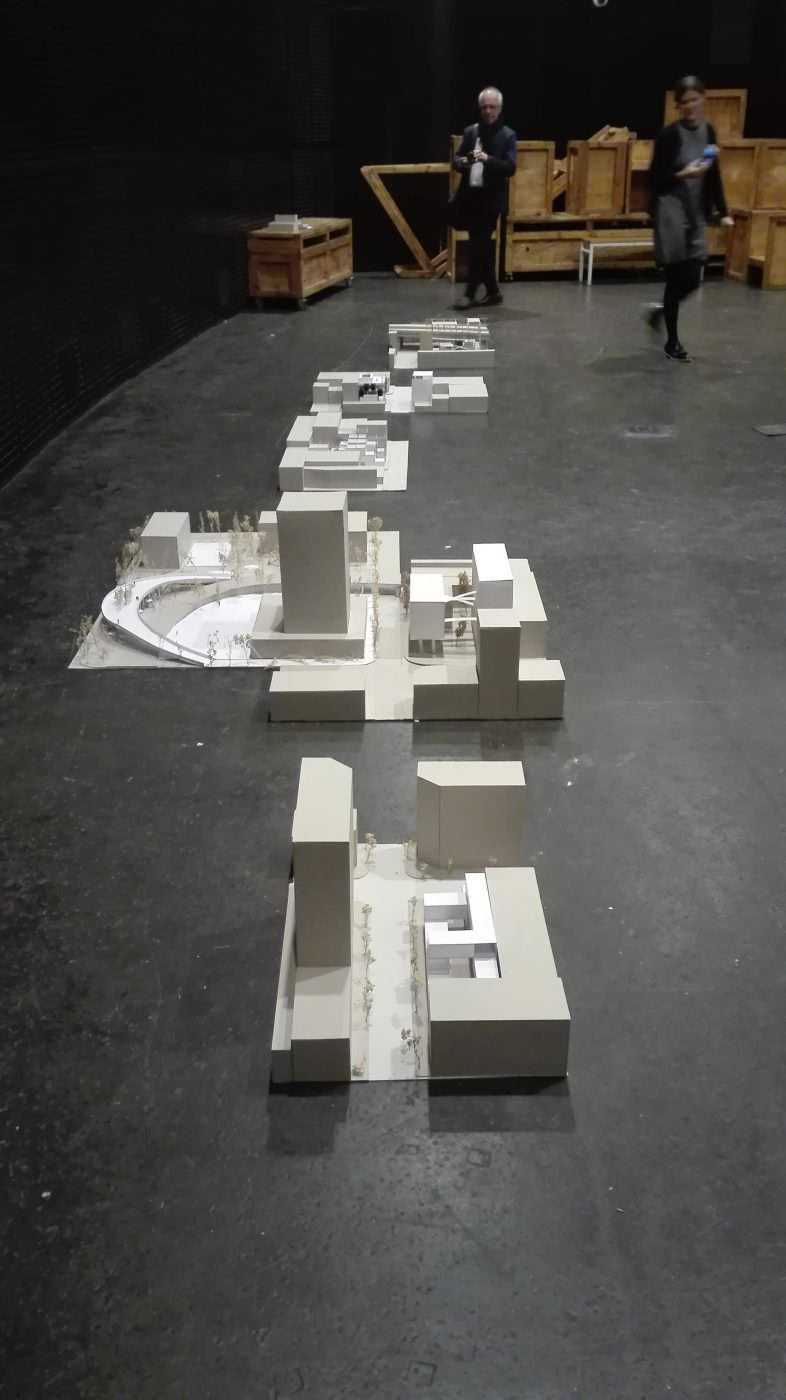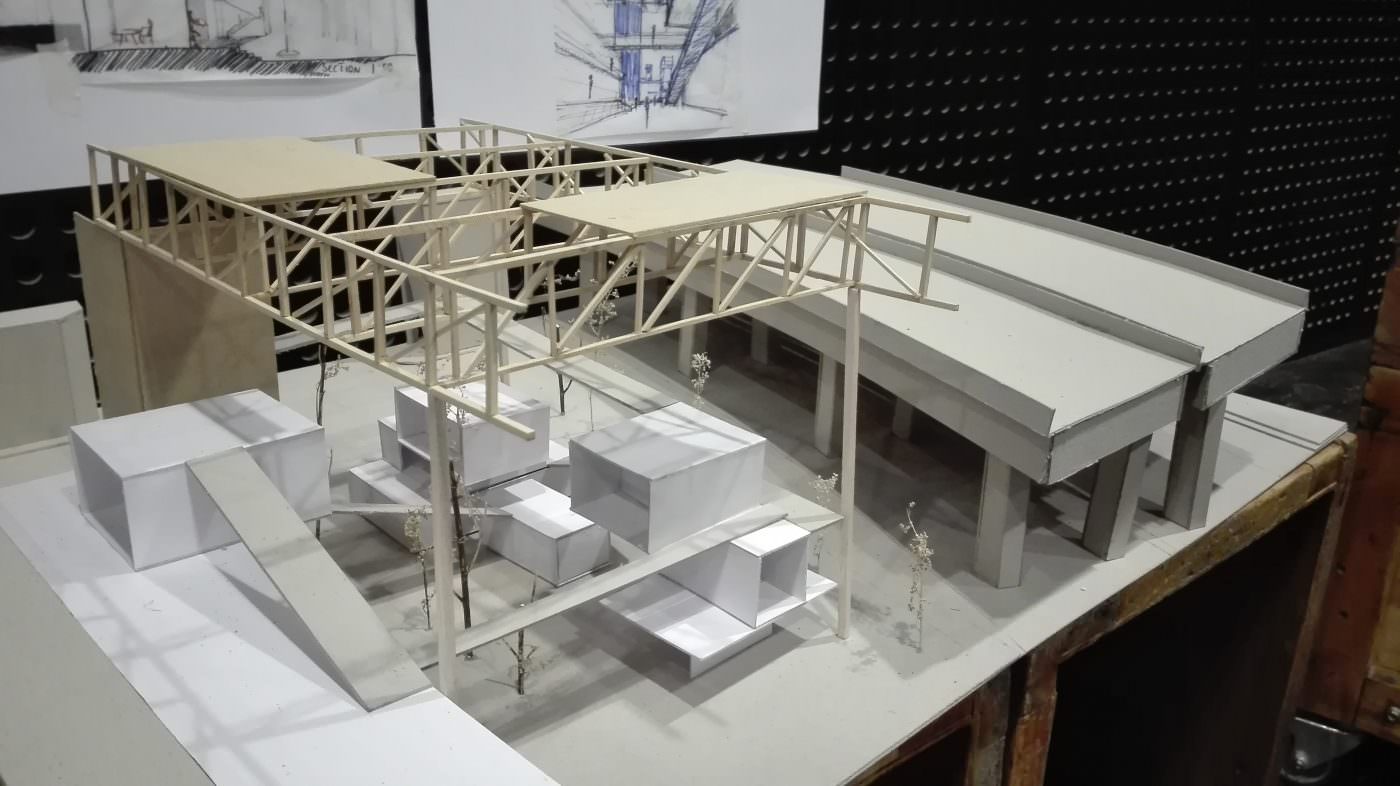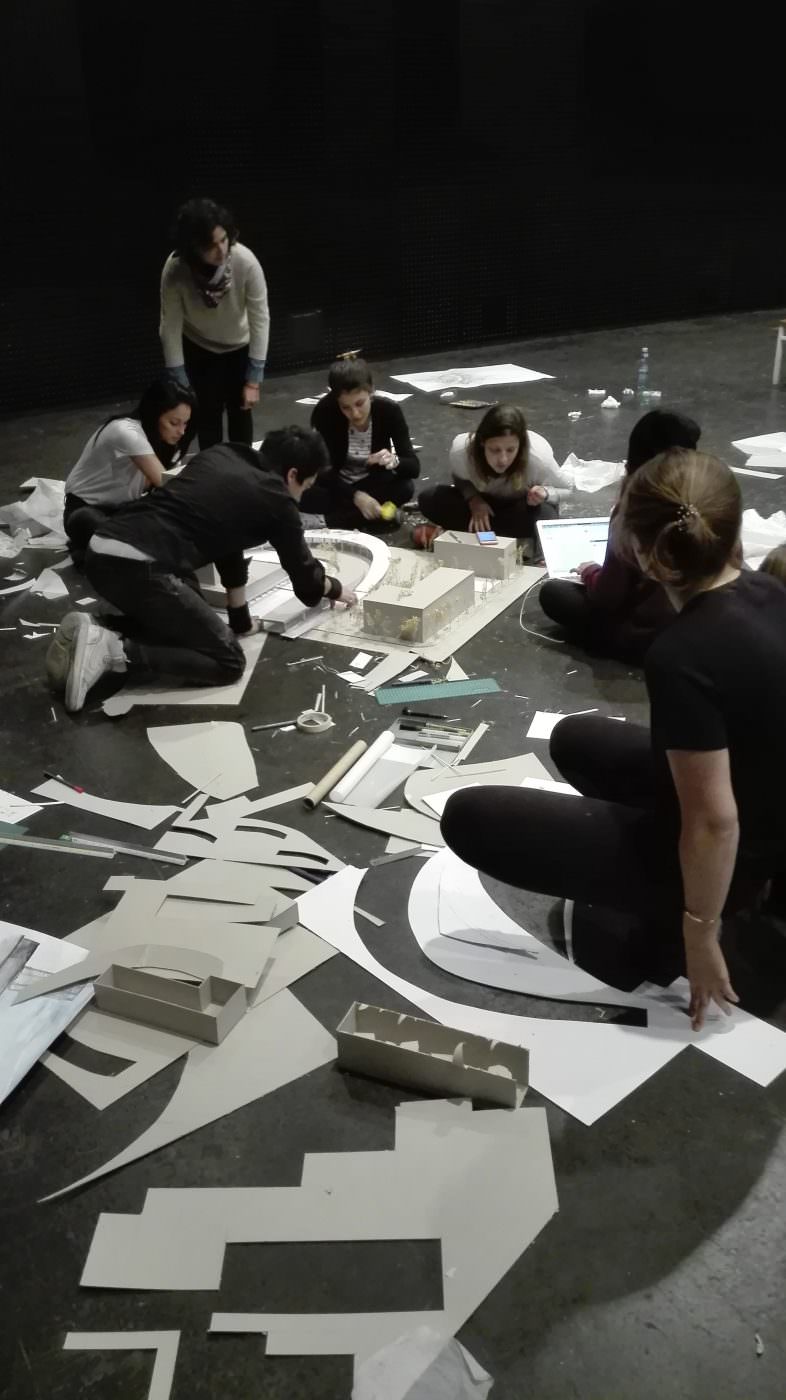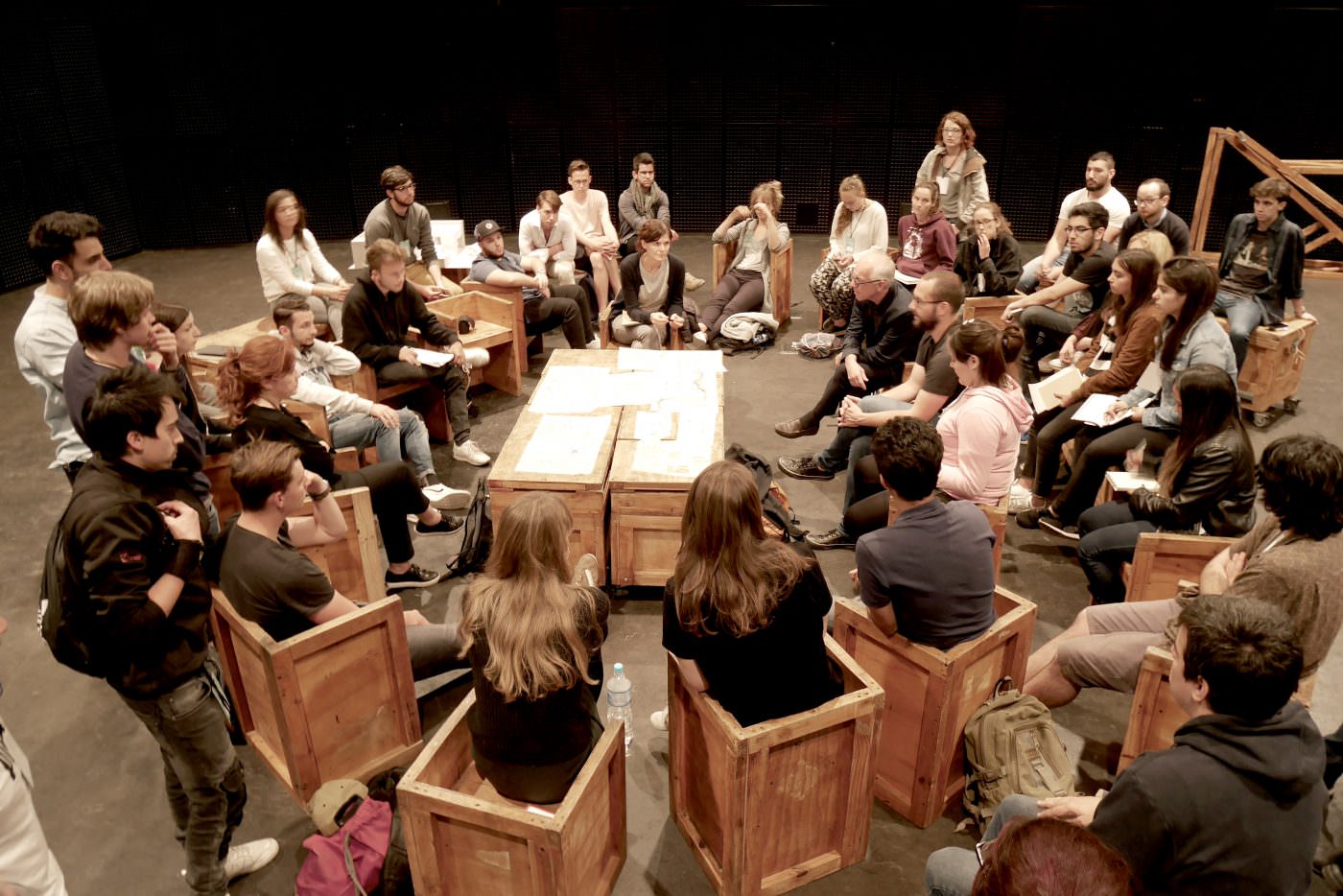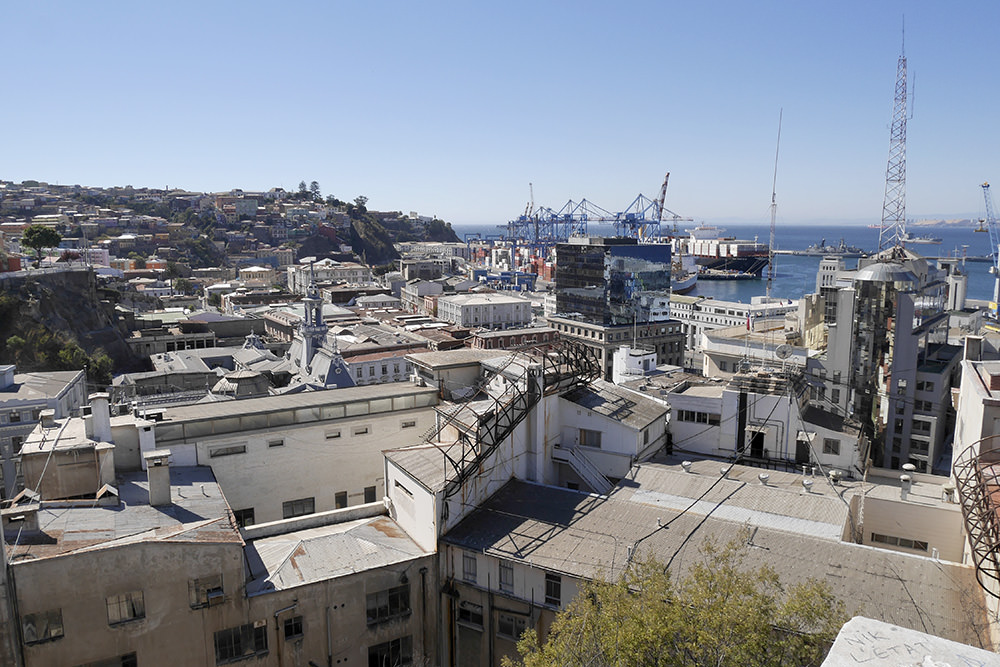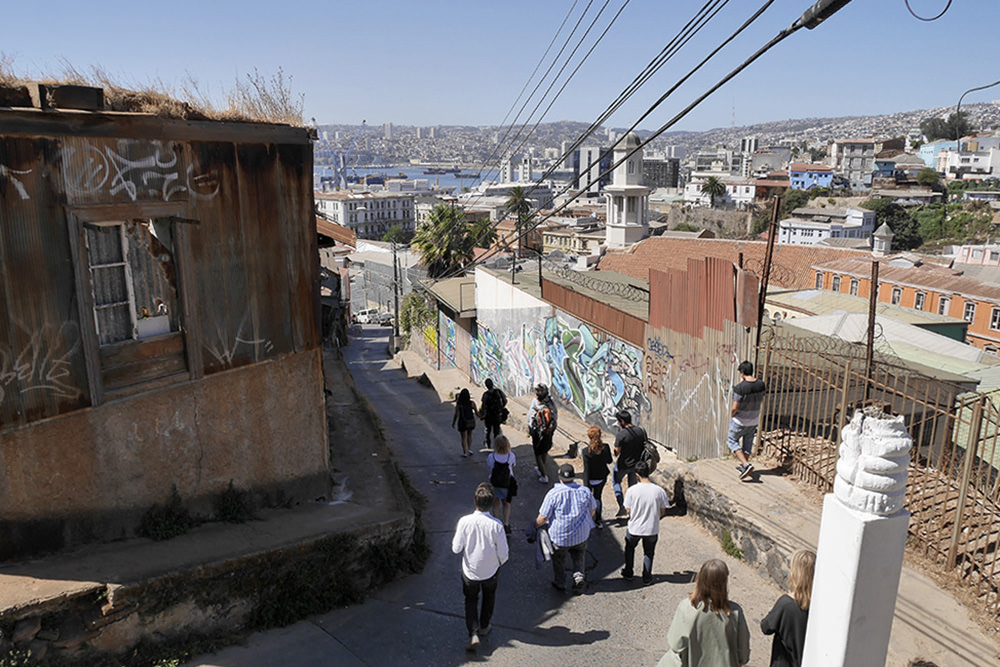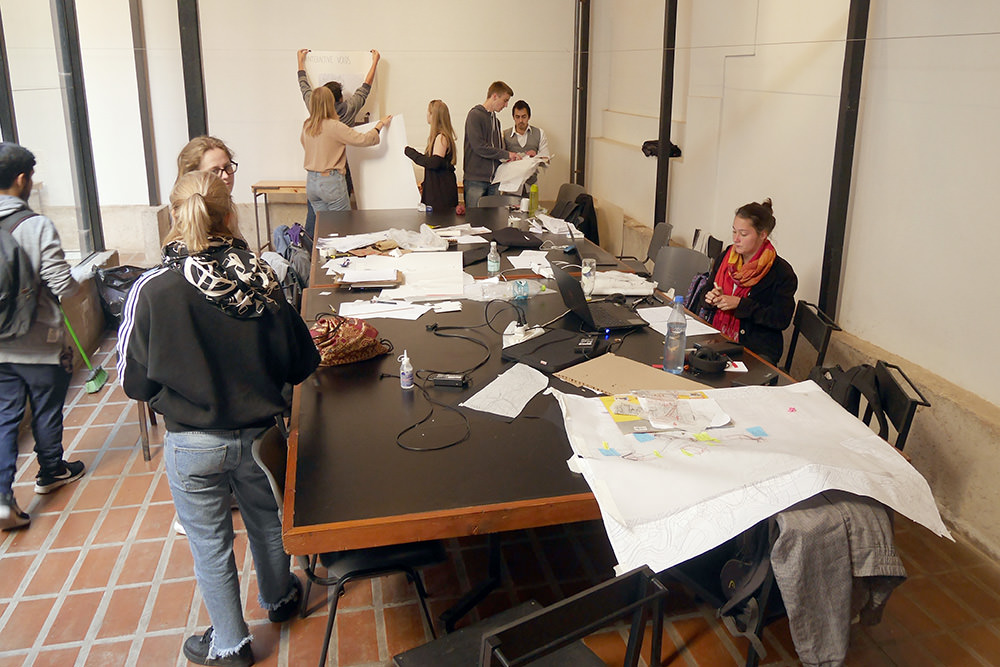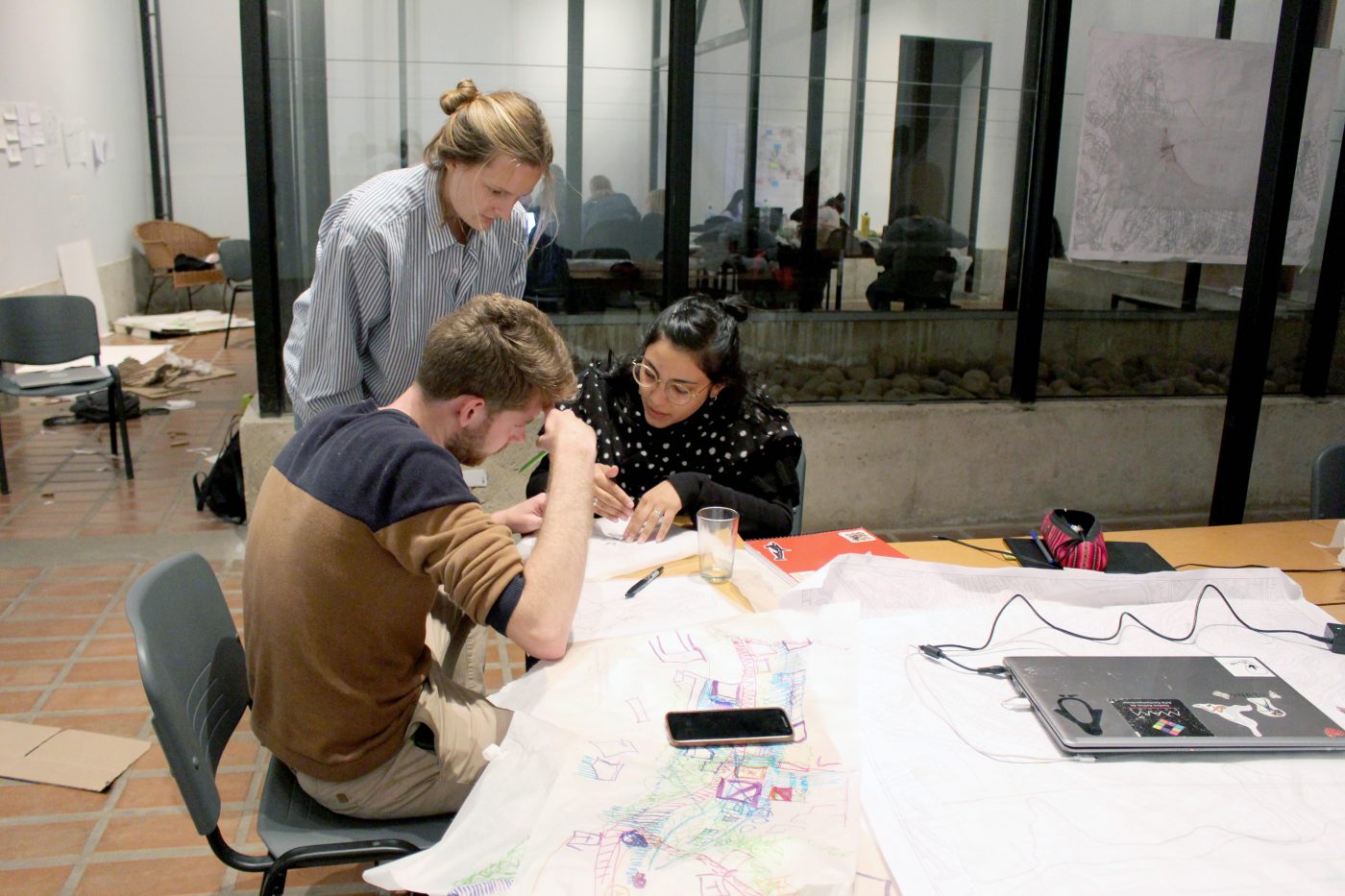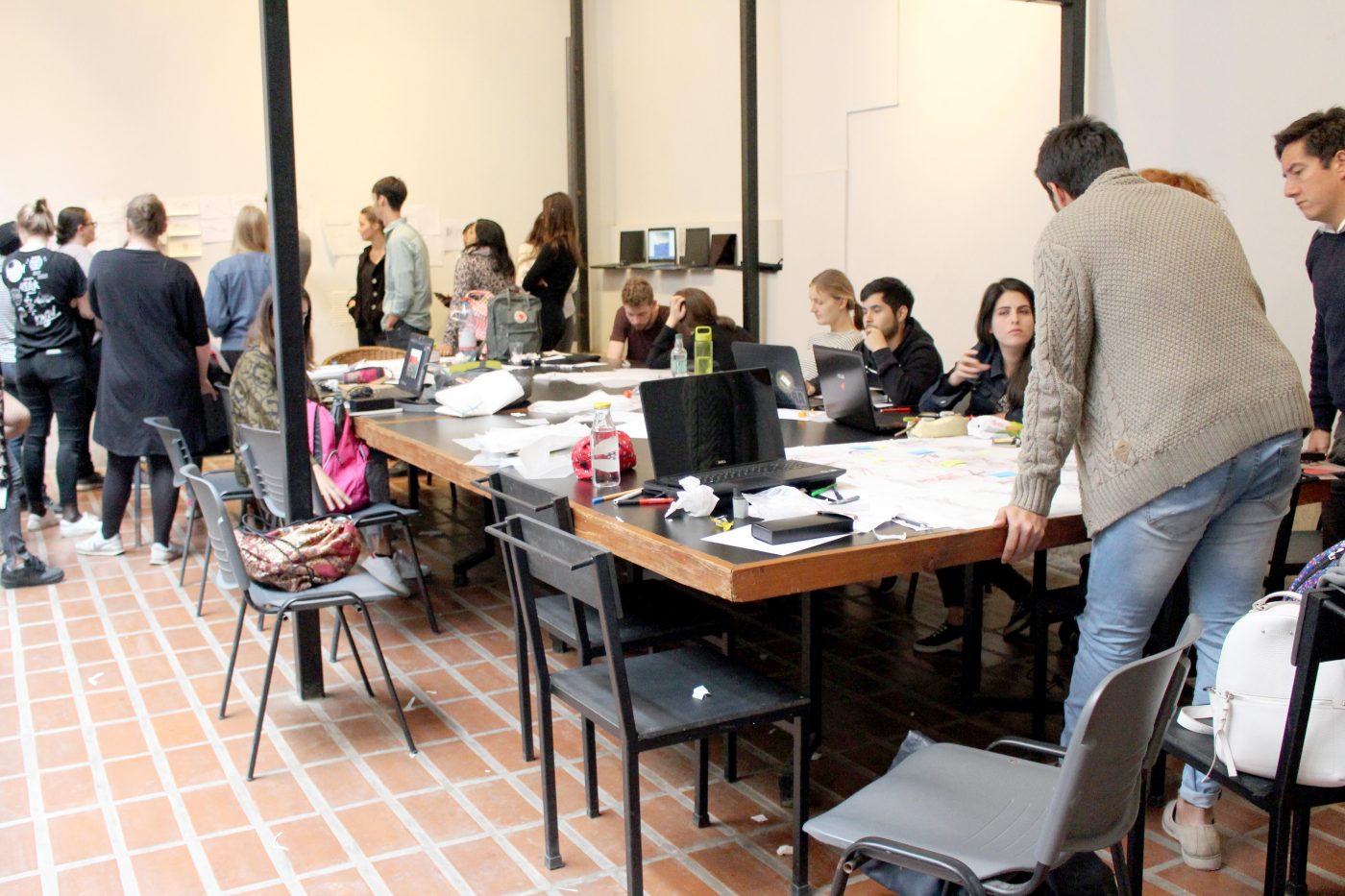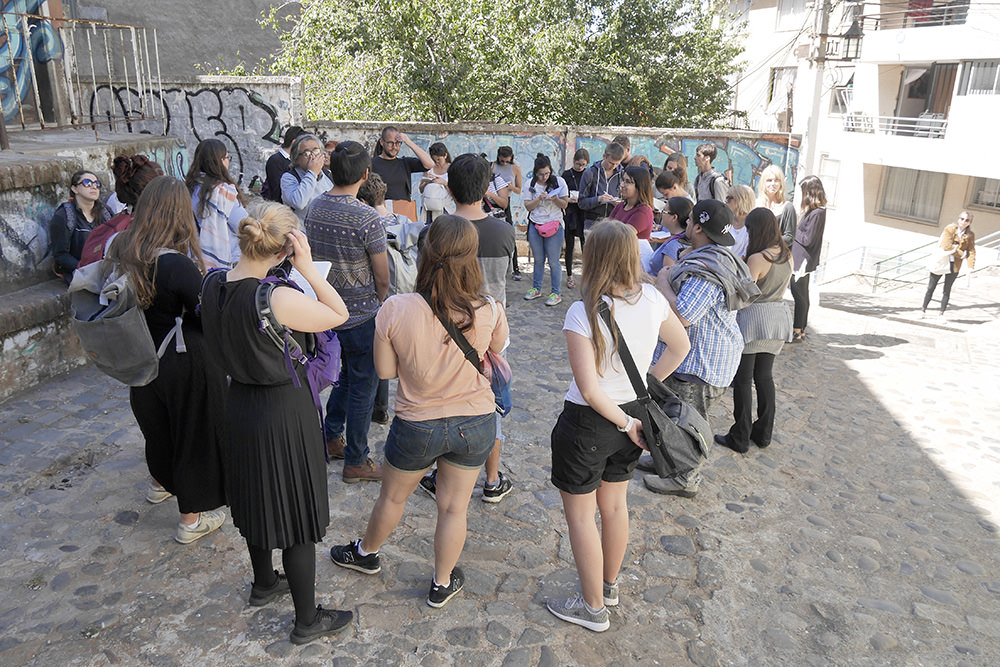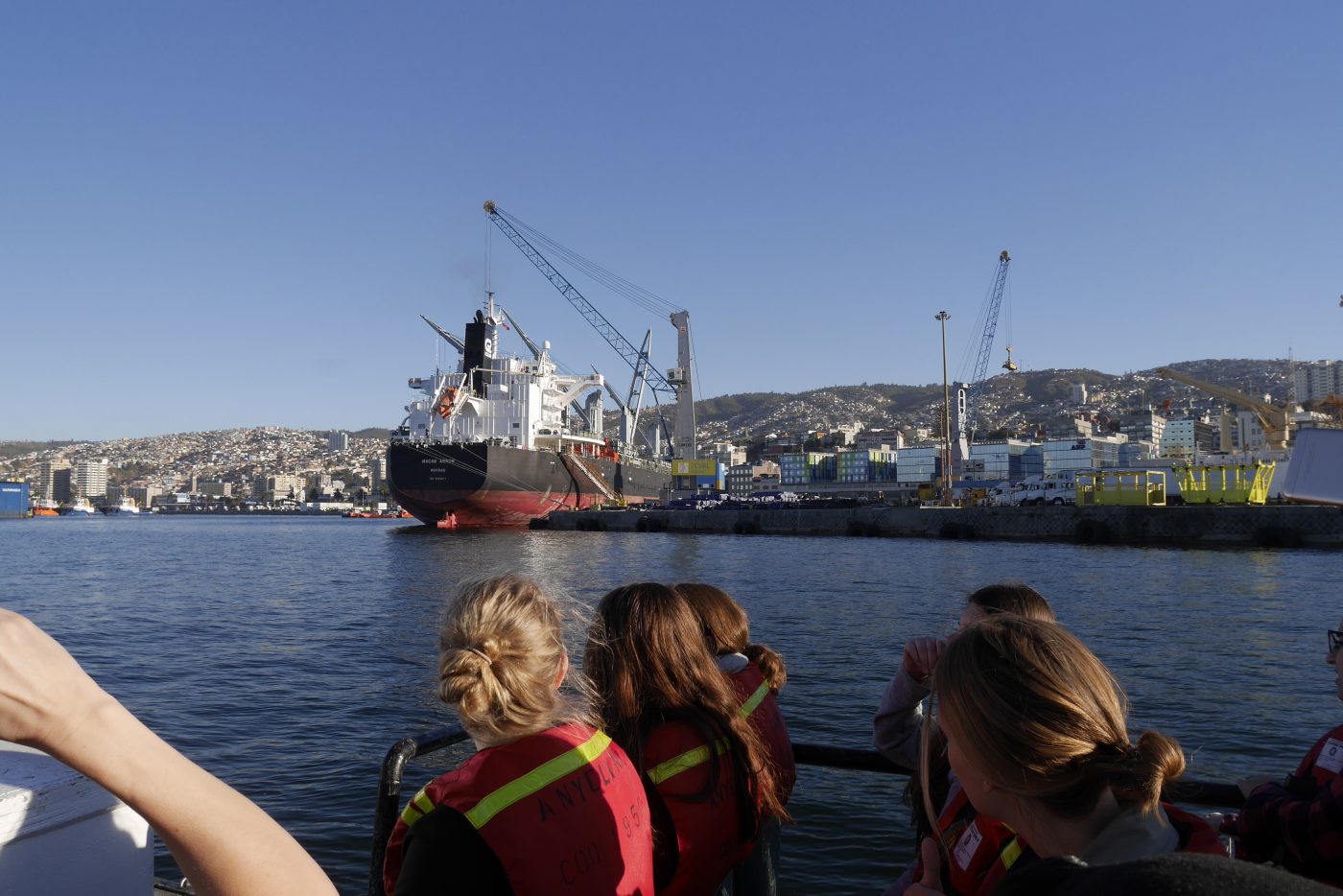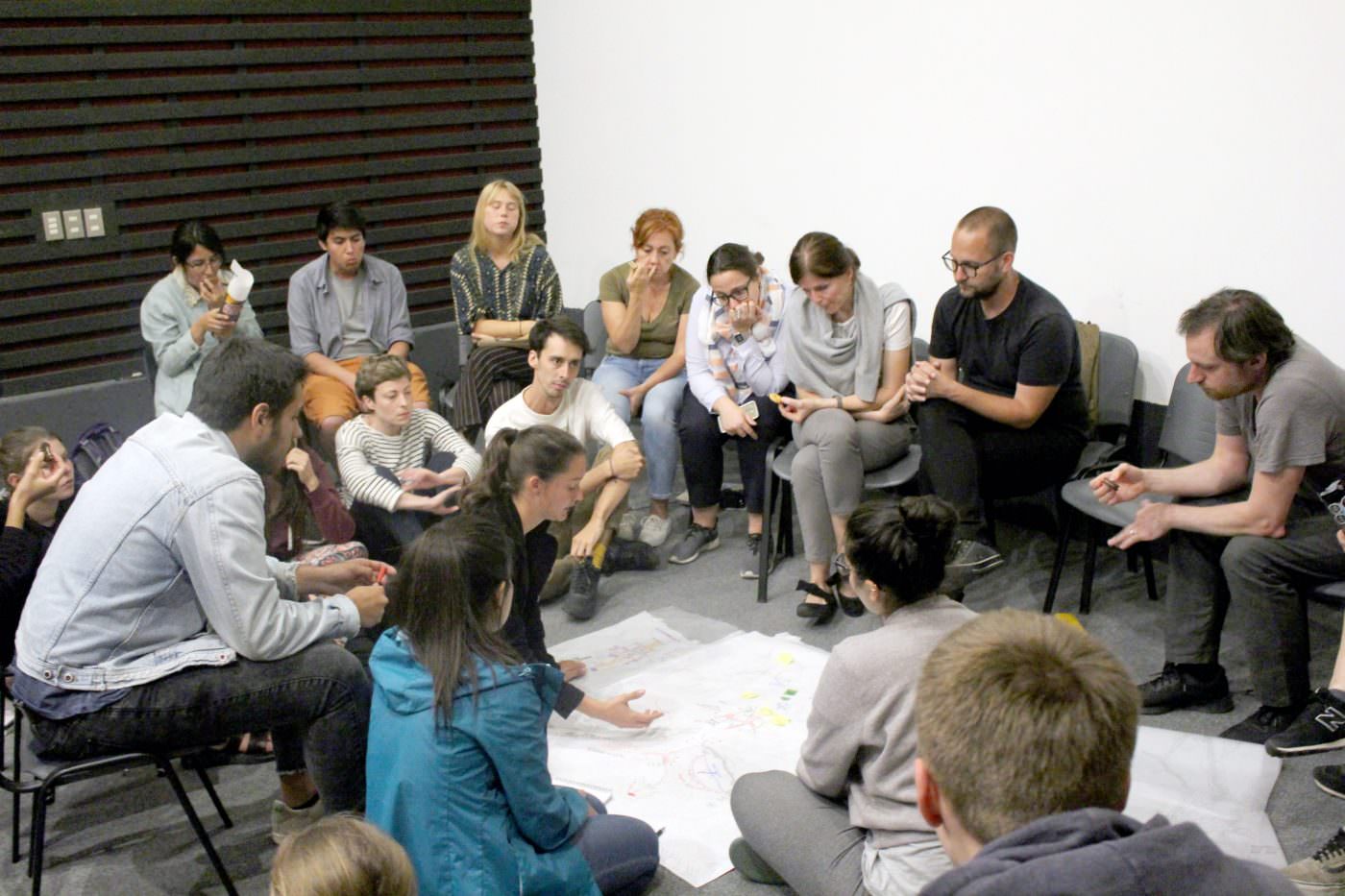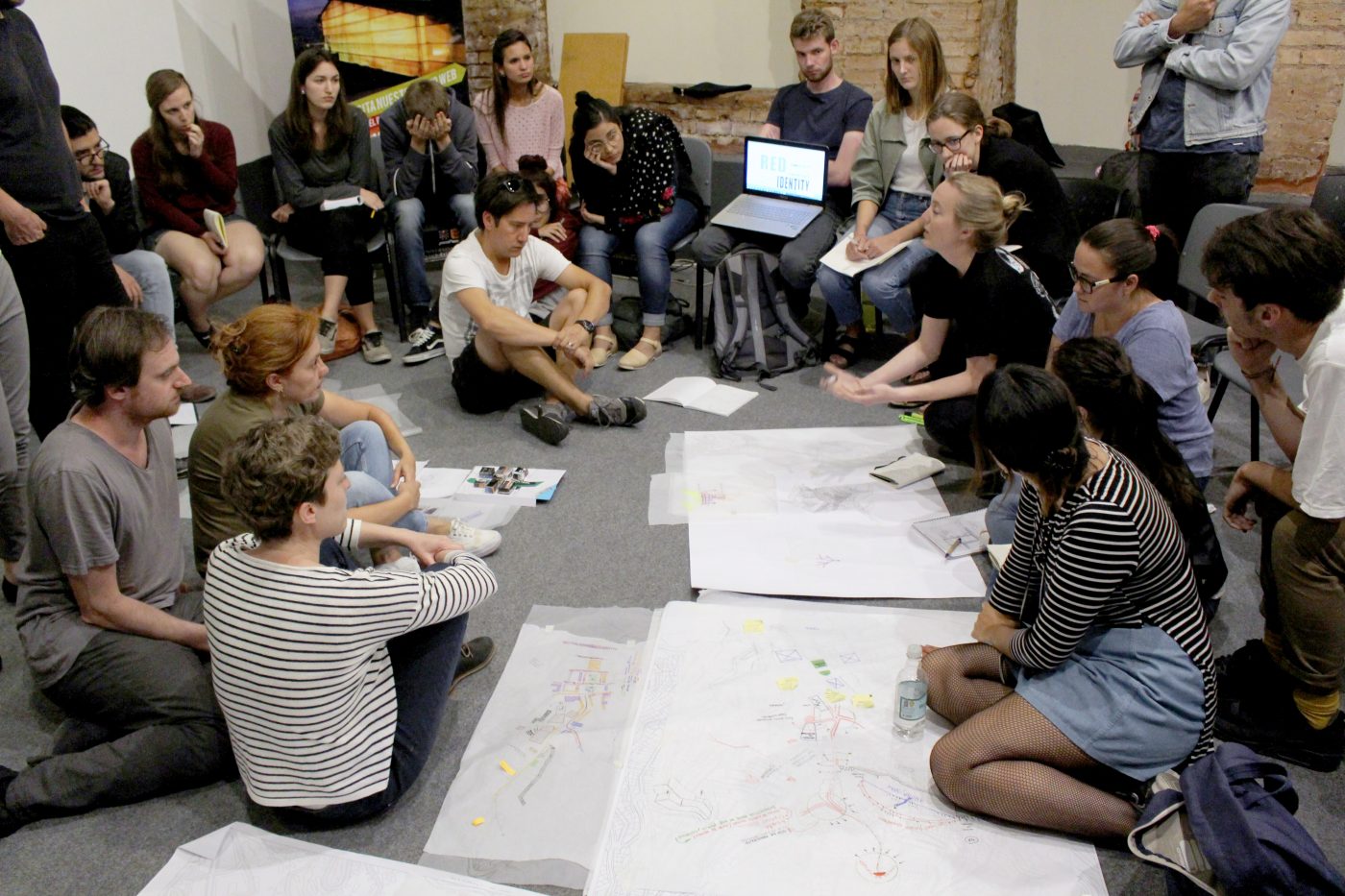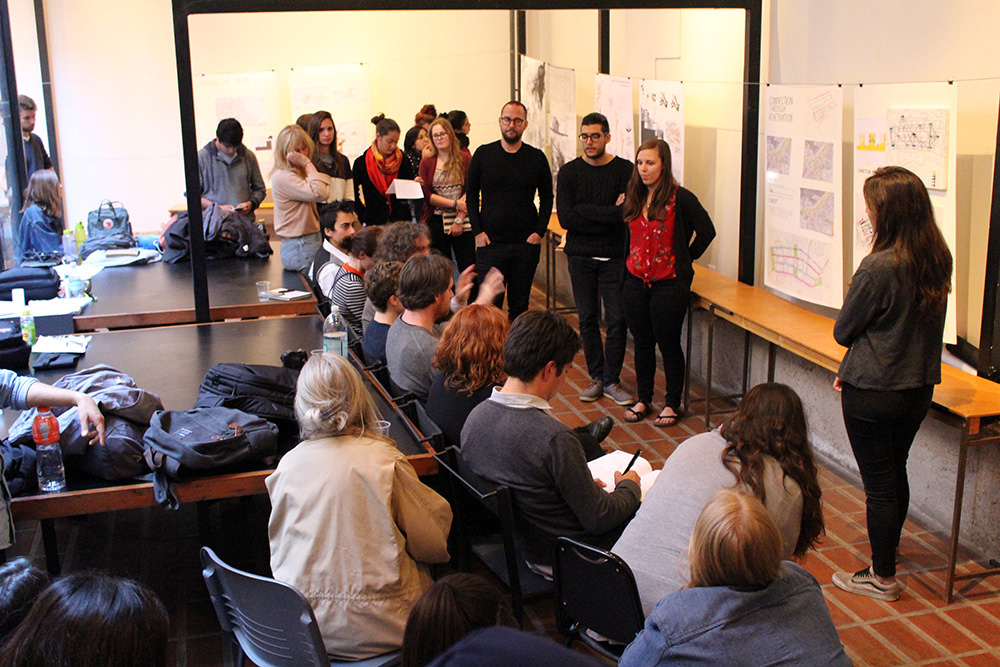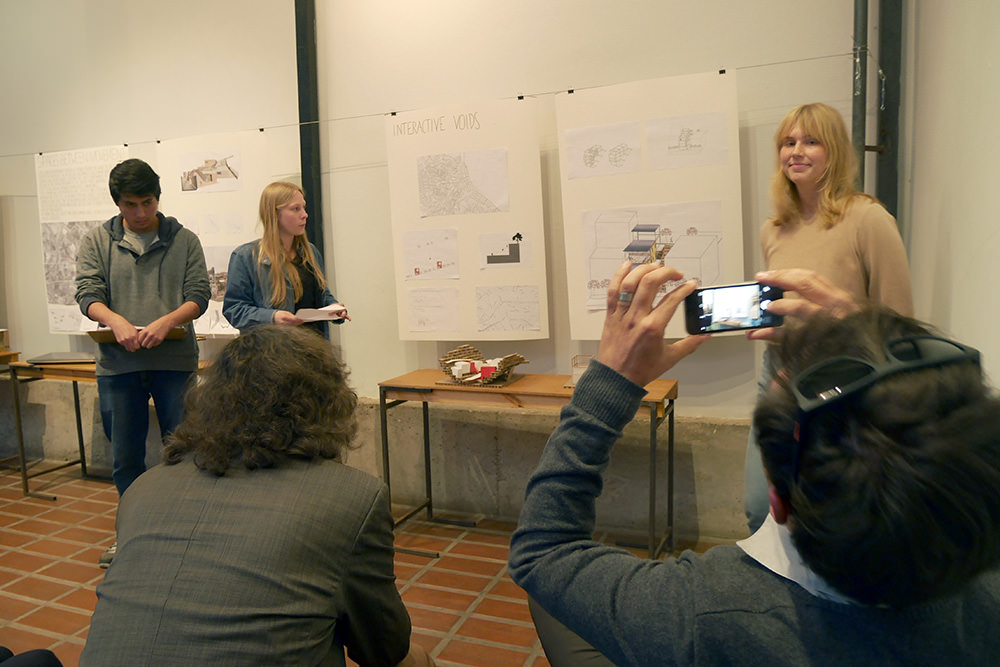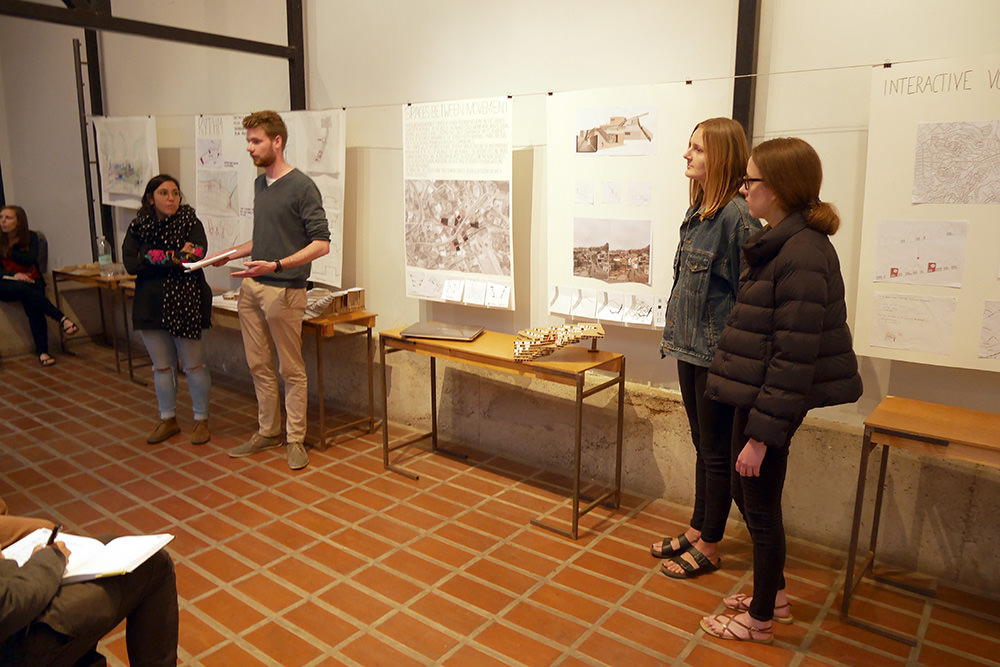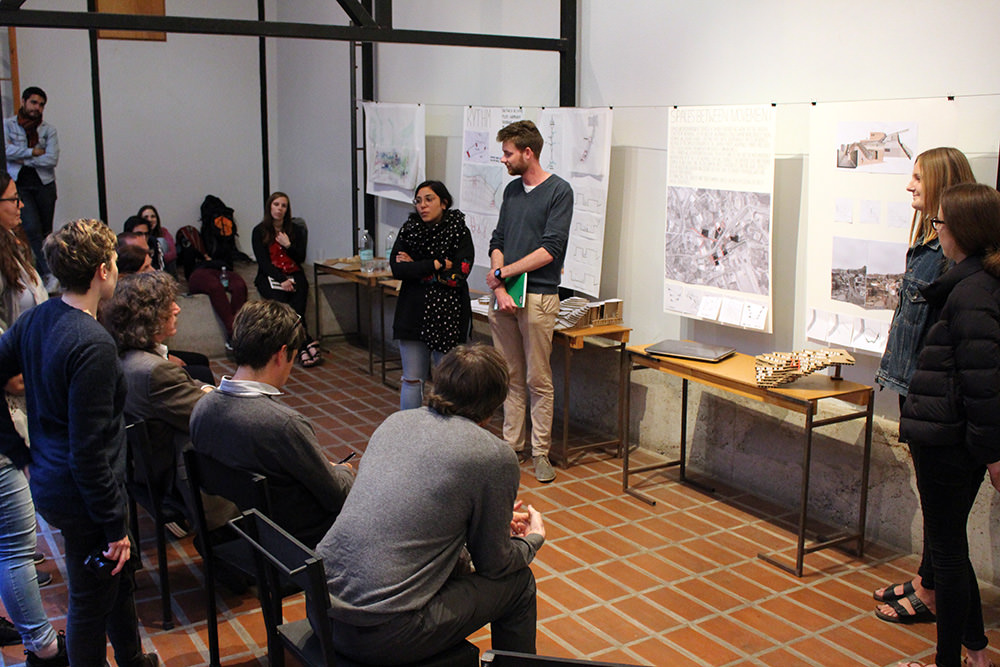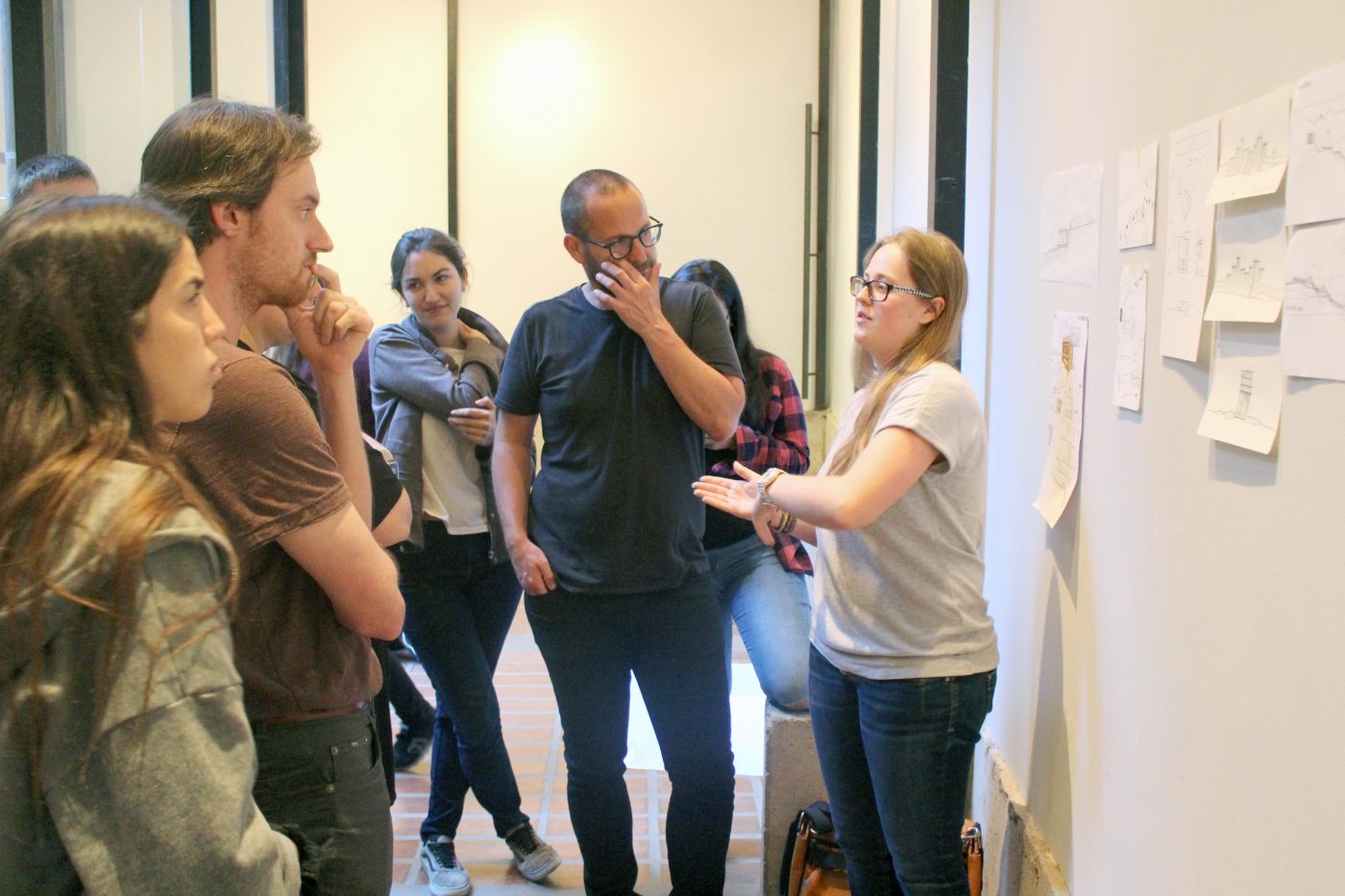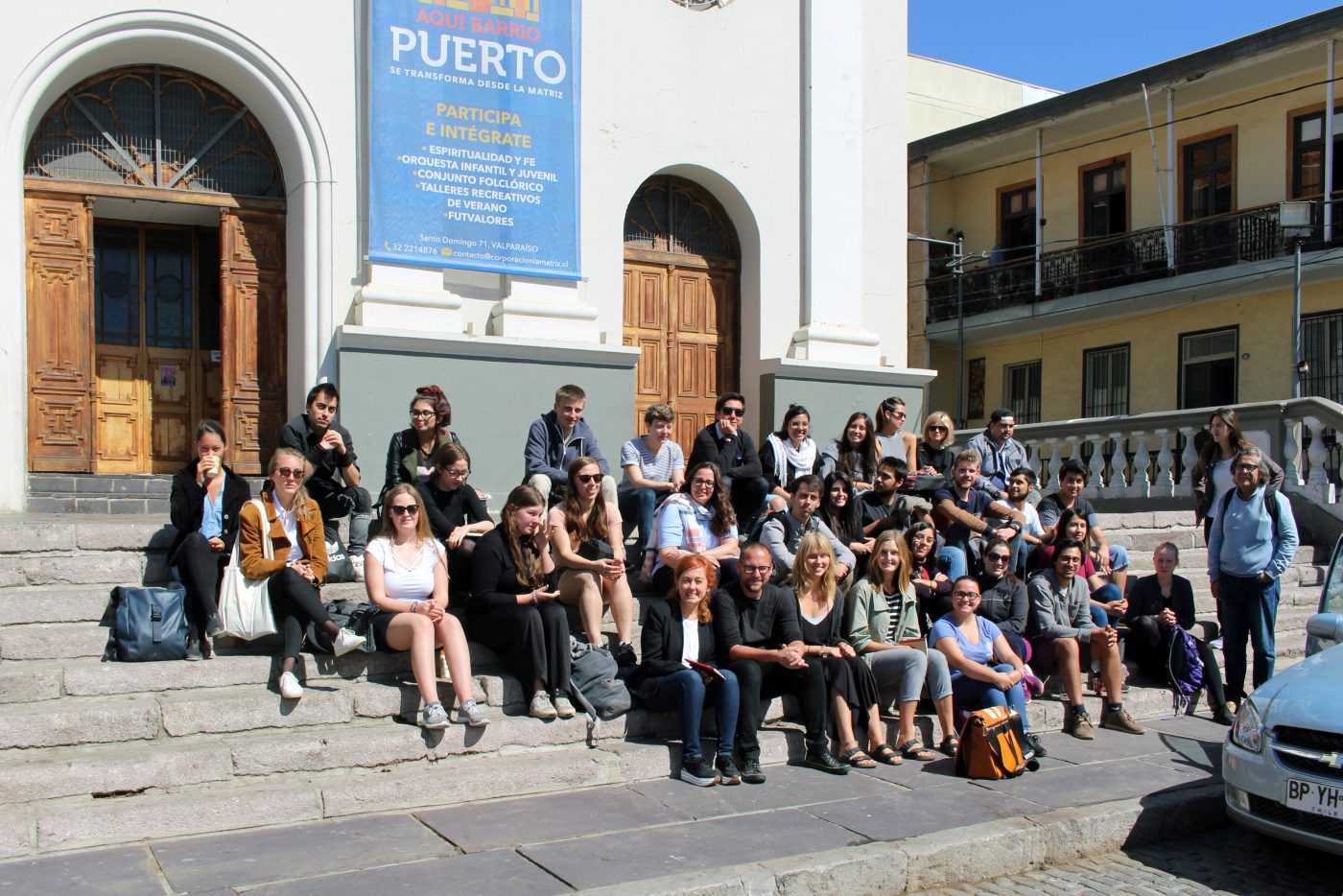Polyvalent Everyday Places, Sao Paulo
Workshops
The concept of Polyvalent Everyday Places and the Repertoire of Polyvalent Elements was our contribution to the 12th International Architecture Biennial of Sao Paulo 2019 – todo dia / everyday – where we intended to continue a critical reflection upon while projecting Polyvalent Elements.
We expressed this invitation to our colleagues and students from Escola da Cidade / Faculdade de Arquitetura e Urbanismo / Sao Paulo, FADU, UBA / Buenos Aires and the Chair of Urban Planning and Design SuE / University of Stuttgart to discuss, reflect and build with this concept during a three-day workshop at Escola da Cidade and the Biennial.
We initiated an open, productive debate on the concept and adjacent issues – not only in its theoretical dimension but also by designing and building Elements and allocating them in an complex urban condition – Praca da Republica, one of the public spaces in the centre of Sao Paulo characterized by a lack of sojourn quality but also by great potential to change the current situation.
A poster provided the basis for the workshop in which we explained characteristic attributes and features of Polyvalent Everyday Places as well as the derivation of the respective Element with precedents in art, architecture and landscape design and thus the intensive alliance between space and everyday life.
After an introductory discussion and the first day of thinking, discussing, sketching and model building in Escola da Cidade, the participants had to build their proposals in the 1 to 1 scale during the second day in Oficinalab, an interesting workshop that combines arts, crafts, teaching and debates. The building process opened up a further dimension of experiences and reflection on the topic, as well as the allocation of the Elements as interventions at Praca da Republica on the third day.
A projecting approach to the concept opens the possibility of equipping the Elements with certain capacities through design within the limitations of the available skills of craft – a direct learning path to the usual vernacular occurrences in the private sphere. The Elements for the public became operative and visible in public space and became usable in various scopes, thus unfolding scopes of indeterminate action.
University of Stuttgart
Faculty of Architecture and Urban Planning
Institute of Urban Planning and Design SuE
Stuttgart, Germany
Prof. Dr. Martina Baum
Sascha Bauer
Faculty of Architecture, Design and Urbanism
„Walter Gropius“ – Chair (.UBA, fadu – DAAD)
Buenos Aires, Argentina
Prof. titular ad honorem Markus Vogl
Associacao Escola da Cidade
Rua General Jardim, 65
Vila Buarque [metro Republica]
CEP: 01223-011 – Sao Paulo SP
Tel.: +55 (11) 3258 8108
www.escoladacidade.org
oficinalab
Rua Dr. Ribeiro de Almeida, 166
Barra Funda
Sao Paulo SP
www.oficinalab.com.br
@oficinalab
Supported by the General Consulate of the Federal Republic of Germany in Sao Paulo, the German Academic Exchange Service (DAAD) and the Goethe-Institute Sao Paulo.
La Carcova / Buenos Aires
Workshops
EinszuEins | Architektur als Social Design in Buenos Aires
Von der stadträumlichen Strategie zur Realisierung eines öffentlichen Gebäudes
Aktuelle soziale, ökonomische und ökologische Entwicklungen stellen die gebaute Umwelt vor große Herausforderungen. Die räumlichen Disziplinen sind gefordert, nicht nur die Auswirkungen dieser Transformationsprozesse auf städtische Gefüge zu untersuchen, sondern Lösungsansätze über Disziplingrenzen hinweg zu finden.
Buenos Aires ist mit seinen mehr als 14 Millionen Einwohnern ein idealer Studienfall für die Auswirkungen der aktuellen Herausforderungen auf das Stadtgefüge. Insbesondere in den Vorstädten – wie der von Deindustrialisierung stark überformten Vorstadt San Martin – ist der Bedarf an räumlichen Strategien besonders hoch.
San Martin weißt die größte Dichte informeller Siedlungen im Großraum Buenos Aires auf, liegt am Reconquista, dem mit am stärksten verschmutzten Fluss Südamerikas, und ist Standort der größten Mülldeponie vor Ort. Die schlechten Lebensbedingungen vieler tausend Menschen, die informell im Überschwemmungsgebiet des Reconquista leben, die Kontamination durch verschmutztes Flusswassers und Mülldeponie, die fehlenden sozialen und technischen Infrastrukturen, verlangen integrale, räumliche und nachhaltige Strategien der Stadtentwicklung über die Grenzen von Disziplinen und Maßstäben hinweg.
In Kooperation zwischen dem SI / SuE, dem IRGE, dem Walter-Gropius-Lehrstuhl (DAAD) der Universität Buenos Aires und anderen lokalen Partnern wollen wir uns dieser Aufgabe widmen und neben strategischen Überlegungen auf großmaßstäblicher Ebene konkrete Konzepte für räumliche Interventionen entwickeln.
Eine zweiwöchige Sommerschule in Buenos Aires vor Semesterbeginn bietet die Möglichkeit, die Situation vor Ort zu erfahren und sich mit lokalen Akteuren auszutauschen.
Universität Stuttgart
SI Städtebau-Institut in Kooperation mit dem IRGE
Lehrstuhl Stadtplanung und Entwerfen
Prof. Dr. Martina Baum
Markus Vogl
IRGE Institut für Raumkonzeptionen und Grundlagen des Entwerfens
Prof. Markus Allmann
Bettina Klinge
Spela Setzen
Sebastian Wockenfuß
Stuttgart bewegt sich (RNM)
Workshops
Workshop, Vortrag & Diskussion im Württembergischen Kunstverein
Die Veranstaltung „Stuttgart bewegt sich“ bildete den Startschuss für die 2. Förderphase des RNM und zur Weiterentwicklung von Ideen für eine nachhaltige Mobilitätskultur in Stuttgart.
Sie diente der Vernetzung von Ideen mit Machern und Macherinnen wie Mobilitätsinitiativen, lokalen Akteur*innen, sozialen Innovator*innen und Studierenden der Universität Stuttgart und der Hochschule für Technik Stuttgart.
Ab 19:00 Uhr stellten wir uns die Frage: »Wie bewegt sich Stuttgart?«, moderiert von Prof. Dr. Martina Baum.
Beginnend mit einem Impulsvortrag von Prof. Dr. Andreas Knie, Mobilitätsforscher am Wissenschaftszentrum Berlin für Sozialforschung, wurde die Perspektive geöffnet und in ein anschließendes Gesprächsforum eingeleitet. Im Gespräch waren: Prof. Dr. Andreas Knie (Mobilitätsforscher) Prof. Dr. Martina Baum (Städtebau-Institut, Universität Stuttgart) Patrick Daude (Stadt Stuttgart) Nikolina Popovic (Studierende Architektur und Stadtplanung, Universität Stuttgart) Gerhard Wollnitz (Designer und Pionier des Wandels).
Fotos: Natalie Brehmer
27.11.2018
La Boca / Buenos Aires
Workshops
Internationaler Workshop
Location: Ursina del Arte, Buenos Aires
Universidad Tecnica Federico Santa Maria, Valparaiso, Chile
University of Stuttgart, Faculty of Architecture and Urban Planning, Stuttgart, Germany
Universidad de Buenos Aires, Facultad de Arquitectura, Posgrado lnternacional en Urbanismo, Buenos Aires, Argentina
Partners:
Universität Stuttgart, Institut für Baukonstruktion und Entwerfen (IBK1), Stuttgart, Germany
Prof. Peter Scheret mit Dipl.-Ing. Marc Remshardt
Universität Stuttgart, Städtebauinstitut (SI), Lehrstuhl Stadtplanung und Entwerfen, Stuttgart, Germany
Prof. Dr.-lng. Martina Baum mit MSc Christiane Kolb und MA Sascha Bauer
Universidad Tecnica Federico Santa Maria, Departamento de Arquitectura, Valparaiso, Chile
Prof. Marcela Soto und Prof. Dr. Jorge Leon
Universidad de Buenos Aires, Facultad de Arquitectura, Posgrado lnternacional en Urbanismo, Buenos Aires, Argentina
Gast.-Prof. Markus Vogl, Walter Gropius Lehrstuhl (DAAD) mit AM Facundo Fernandez
Studierende: Loff Victor, Stampoulidis Marina, Graf Vincent, Stobel Lena, Dirmeier Lea, Mezger Marlene, Schauder Pia, Jasmari Kastriot, Ratti Valentina, Schmidt Lisa, Ritter von Sporschill Maximilian, Bhowmik Dipayan, Von Rüdiger Philipp
Universität Stuttgart
SI Städtebau-Institut
Lehrstuhl Stadtplanung und Entwerfen
Prof. Dr. Martina Baum
Christiane Kolb
Sascha Bauer
Valparaíso – La Matriz
Workshops
Valparaíso, La Matriz - Qualifizierung eines produktiven Stadtteils
Internationaler Workshop
Der Diskurs über eine inklusive Stadtentwicklung, die Qualifizierung bestehender Stadtquartiere und die Mischung von Nutzungen in urbanen Kontexten ist nicht nur in Europa sondern weltweit und damit auch in Südamerika zu führen. Die Studierenden denken, entwerfen und diskutieren im Rahmen der vorgeschalteten Exkursion und der Sommerschule La Matriz Konzepte für die Stadt und Stadtgesellschaft, als konkrete Diskussionsbeiträge für die Verbesserung der Lebensbedingungen im zentralen und doch marginalisierten Stadtteilen. Architektur und Stadtplanung zeigen hierbei ihre Alltagsrelevanz und Bedeutung im Diskurs über die Entwicklung von Stadt als gemeinschaftlichen und inklusiven Lebensraum: social design I design social.
Nach der Sommerschule werden die Entwurfsansätze in den einzelnen Hochschulen in interdisziplinären Entwurfs-Studios (research by design) weiter vertieft. Dabei kann nach einer städtebaulichen Setzung eine Vertiefung im Bereich Wohnbau oder eines anderen konzeptuellen Ansatzes bzw. Grundrisstypologie verfolgt werden.
Summer School 19.3.2018 – 30.3.2018 Valparaíso, Chile
‘Bouncing Back Better’
How to re-connect a functionally and socially segregated city in a unique geological and topographic setting? How to deal with the label of a World Heritage in a former liveable city? How to deal with the resources already existing in the neighbourhood? What will the future of the city look like? How to accomplish sustainable answers on those questions? The summer school aims to raise questions to achieve a comprehensive set of knowledge to work with in the upcoming studios of each University (Valparaiso, Buenos Aires, Stuttgart). The task is to develop a comprehensive strategic development vision for the SAN MARTÍN – CAJILLA – LAS PERDICES transect and its area of influence including its goals and the proposed actions to achieve them. This vision will provide a framework for a more specific design proposal focused on a selected section of the transect including housing, public buildings, connectivity, accessibility, mobility, landscaping and other aspects of urban liveability.
Exkursion 19.-22. + 29.-31.3
Workshop 23.-28.3.2018
Location: DUC La Matriz, Valparaiso, Chile
Organisation:
Universidad Tecnica Federico Santa Maria, Valparaiso, Chile
University of Stuttgart, Faculty of Architecture and Urban Planning, Stuttgart, Germany
Universidad de Buenos Aires, Facultad de Arquitectura, Posgrado lnternacional en Urbanismo, Buenos Aires, Argentina
Partners:
Universität Stuttgart, Institut für Wohnen und Entwerfen (IWE), Stuttgart, Germany
Prof. Dr.-lng. Thomas Jocher mit AM Dipl.-Ing. Sylvia Schaden
Universität Stuttgart, Städtebauinstitut (SI),
Lehrstuhl Stadtplanung und Entwerfen, Stuttgart, Germany
Prof. Dr.-lng. Martina Baum mit AM MA Sascha Bauer und AM MA Maria Schiller
Universidad Tecnica Federico Santa Maria,
Departamento de Arquitectura, Valparaiso, Chile
Prof. Marcela Soto und Prof. Dr. Jorge Leon
Universidad de Buenos Aires, Facultad de Arquitectura,
Posgrado lnternacional en Urbanismo, Buenos Aires, Argentina
Gast.-Prof. Markus Vogl, Walter Gropius Lehrstuhl (DAAD) mit AM Facundo Fernandez
Students from Stuttgart:
Ines Ehrenbach, Sabine Kastner, Phaea Korycik, Julian Lipp, Silva Maringele, Anna-Lea Rohrbach, Lisa Schmidt, Katharina Wackler
Universität Stuttgart, SI Städtebau-Institut
Lehrstuhl Stadtplanung und Entwerfen
Prof. Dr. Martina Baum
Sascha Bauer
Maria Schiller
